Monkeys in Ceramic Art -
Monkeys have a curious history in Florida. Close to WMODA in Dania Beach, there is colony of African vervet monkeys descended from animals that escaped into the mangrove forests during the 1950s from the Anthropoid Ape Research Center. Known locally as the Chimp Farm, the center attracted tourists who came to learn about primates while enjoying some alligator wrestling on the side!
In the 1930s, monkeys were trained to ride racing dogs for sport in Florida. Twelve infant Capuchin monkeys, imported from Panama, were raised with twelve Greyhound puppies so that they would form close bonds. They were dressed in jockey outfits and photographed in action in Florida before the act was taken around the country.
Monkeys have been trained to ape human behavior since ancient Egyptian times. Baboons, classified as old-world monkeys, were associated with Thoth, the god of wisdom, and temple walls show these intelligent animals dancing, playing musical instruments, and worshipping the gods. However, Singeries, from the French for monkeys, emerged as a distinct genre of art in the 16th century when Flemish engravers popularized paintings of monkeys socializing and smoking tobacco, playing backgammon, and even doing the laundry. With monkeys and apes being our closest relations in the animal world they were perfect for satirizing society.
Singeries became fashionable with French interior decorators during the 18th century. At the Grande Singerie at the Chateau de Chantilly, whimsical wall paintings of monkeys mimicking men poked fun at human foibles. Distinguished French artists, such as Watteau and Chardin, portrayed monkey painters and monkey sculptors as perfect parodies of the art world’s pomposity. One of the most famous monkeys of the 18th century was General Jackoo, a performer at Astley circus and a favorite of the French court, especially Marie Antoinette. Jackoo caused a sensation by riding horses, dogs and pigs, by tight rope walking, and other acrobatic tricks, as well as his ability to smoke a pipe. A modern day performing monkey can be seen in Michele Coxon’s Circus Cavalcade currently on display in our Carnival & Cabaret exhibit. See more about Michele Coxon...
The Meissen porcelain factory in Saxony responded to the popularity of the fanciful French Singeries in the late 1740s. The sculptors Johann Kandler and Peter Reinicke produced a monkey orchestra, which is believed to be a parody of the Dresden Court musicians. The monkeys make music with great abandon under the leadership of an eagerly gesticulating conductor. A female hurdy-gurdy player and harpist plus four songstresses complete the lively orchestra. One of the largest concerts of 19 players was supplied to the Marquise de Pompadour in 1753. Many imitations were produced by porcelain factories in Europe as well as Chelsea and Derby in England. Monkey bands have remained popular through the centuries and WMODA has some 19th century Meissen models after the Reinicke originals along with some examples from the Schierholz factory in the early 20th century.
Monkeys have long been kept as pets, for example Queen Catherine of Aragon, the first wife of King Henry VIII, had a simian companion. Aristocrats and nobles often dressed monkeys in fashionable costumes and taught them tricks. They even learned to pickpocket at the French court of Versailles. Doris Keane, the American actress, had a pet monkey which appeared on stage with her and was immortalized in a Royal Doulton figure. Monkeys were widely used by itinerant organ grinders to scamper around and collect change from the audience and they were a common sight on the streets of English and American cities until the 1930s. One of Churchill’s famous quotes was “Never hold discussions with the monkey when the organ grinder is in the room”, meaning “talk to the decision maker” and don’t waste time with someone who just works there.
The tradition of portraying primates in porcelain thrived in the 19th century when Charles Darwin’s theory that we share a common ancestor with apes inspired a new wave of monkey business. The Origin of the Species was published in 1859 and the Victorian press responded with an abundance of cartoons which linked monkeys and other animals with men. George Tinworth, Doulton’s first artist, modeled a family of monkeys sheltering under an umbrella, inscribed A United Family. Charles Noke, Royal Doulton’s art director, was a young boy when Charles Darwin published his insights and no doubt this accounted for Noke’s lifelong fascination with anthropomorphic creatures. He portrayed several apes and monkeys in humorous style with human attributes for Royal Doulton’s HN collection.
The most obvious distinction between monkeys and apes is the presence of a tail. Apes have no tail and include gorillas, orangutans and chimpanzees. The relationship between two orangs at London Zoo, Joey and Pongo, was brilliantly portrayed by Charles Vyse during the 1930s. In post-war Britain, chimps were synonymous with tea drinking for more than 40 years as they promoted PG Tips in a series of TV adverts. The chimps were dressed as humans and enjoyed a cup of tea after various household chores. The ads ran from the 1950s and the chimps were acclaimed as the nation’s most popular advertising characters of all times. An advertising figure of Ada, the mother of the chimp family, can be seen in the Art of Tea exhibition at WMODA.
More recently Nichola Theakston, a British ceramic artist, has captured the spirit of primates in clay. In her words, “The notion that an individual creature may experience some ‘otherness’ or spiritual dimension beyond our understanding of its instinctive animal behaviors, is the premise behind much of my work, and portraiture a vehicle that I use to explore feeling and expression. Primates are an obvious and compelling choice of subject given their genetic proximity to human kind, and it is important to me that they are sculpted with sensitivity and empathy, inviting the viewer to relate and reflect.”
Monkeys are a very familiar sight at Ardmore Ceramic Art in KwaZulu Natal, South Africa. Troops come down out of the hills looking for food and play in the grounds of the studio so the Ardmore artists have many opportunities to observe their antics. Their human-like behavior is fascinating to watch, particularly the relationship between mothers and infants. Monkeys have been portrayed as monumental sculptures and they also cavort on vases, tureens and jardinières often pursued by their main predator, the leopard. One of the most impressive sculptures at WMODA depicts a Mandrill monkey being ridden by a Zulu Warrior. Mandrills are the world’s largest monkeys and are known for their brightly colored faces.
One of Ardmore’s signature fabrics features a stylized monkey which has been used also in their line of ladies’ handbags. The new Zambezi fabric collection features several monkey designs which are used on pillows and a spectacular limited-edition sofa, which can be seen on display at the museum and at our founder’s home in the Hamptons during our fund-raising party on August 5.
Related pages...
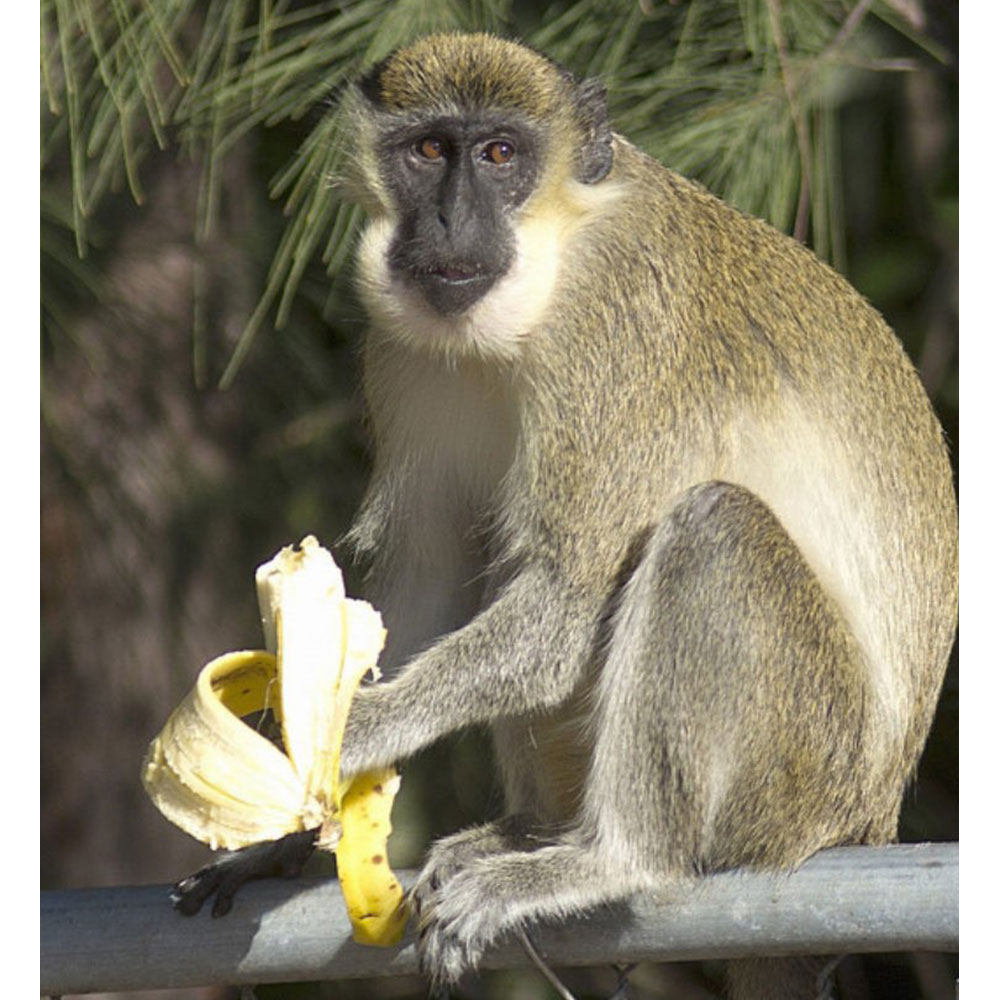
Dania Beach Monkey
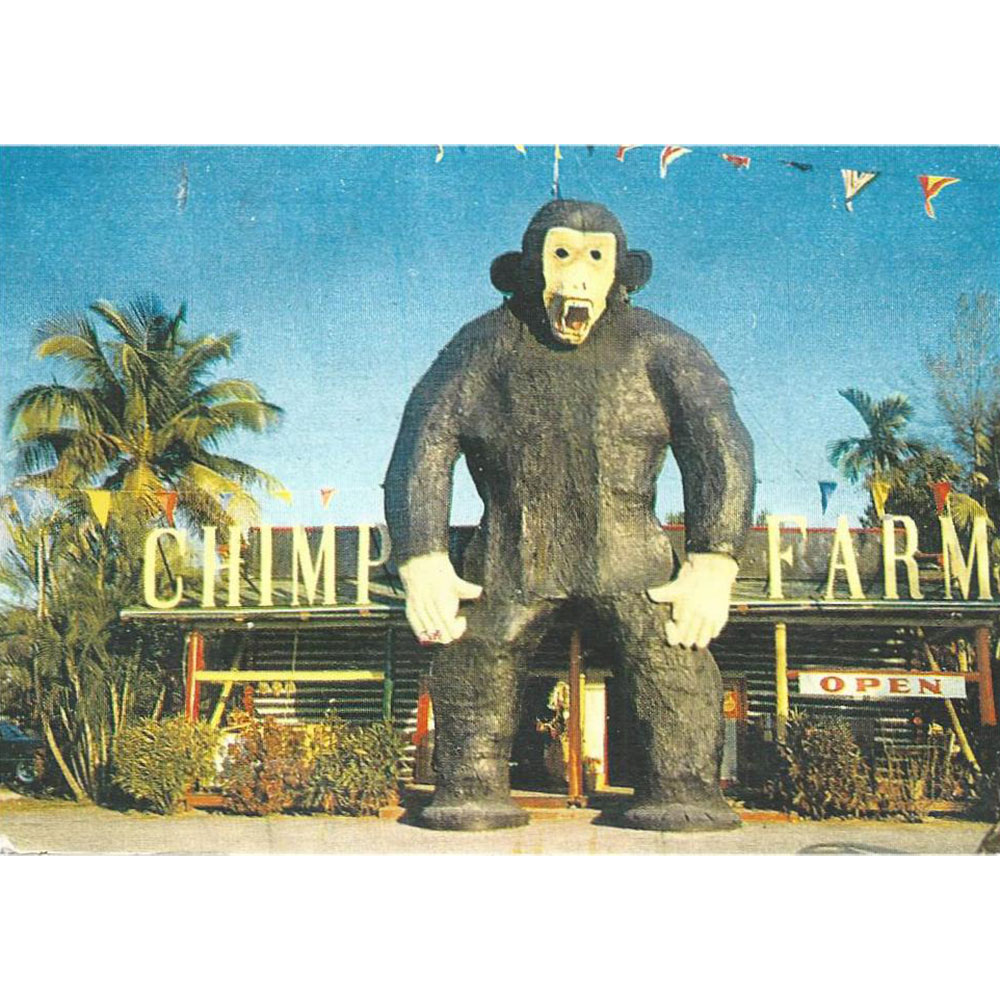
Chimp Farm, Dania Beach
now closed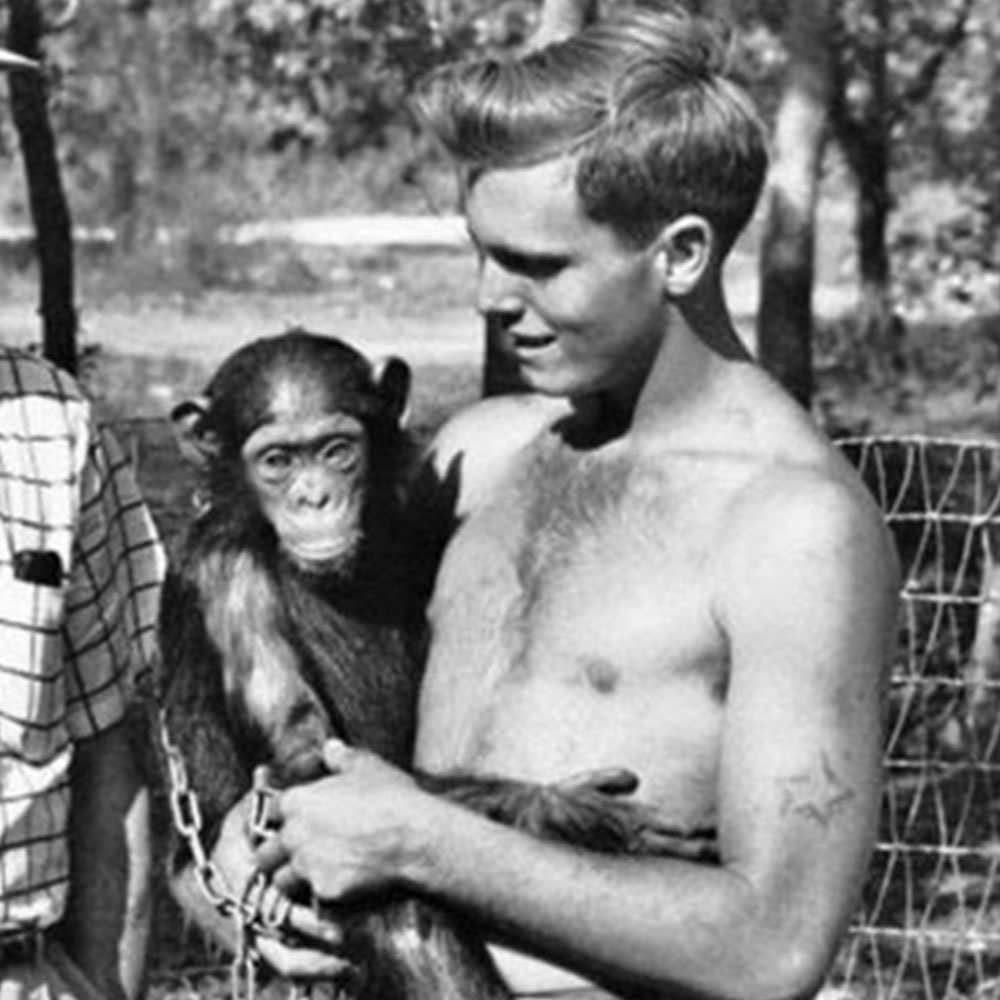
Peter Karsner at Chimp Farm
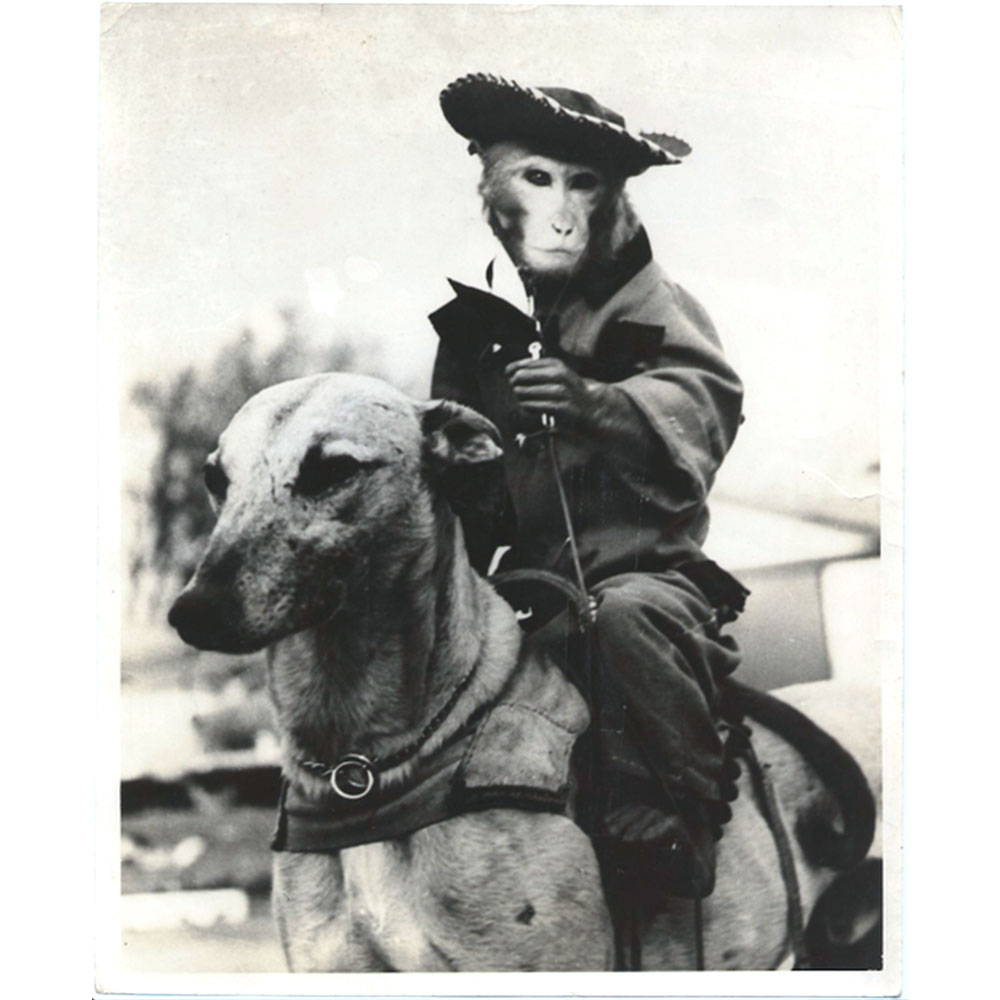
Monkey & Greyhound racing in Florida
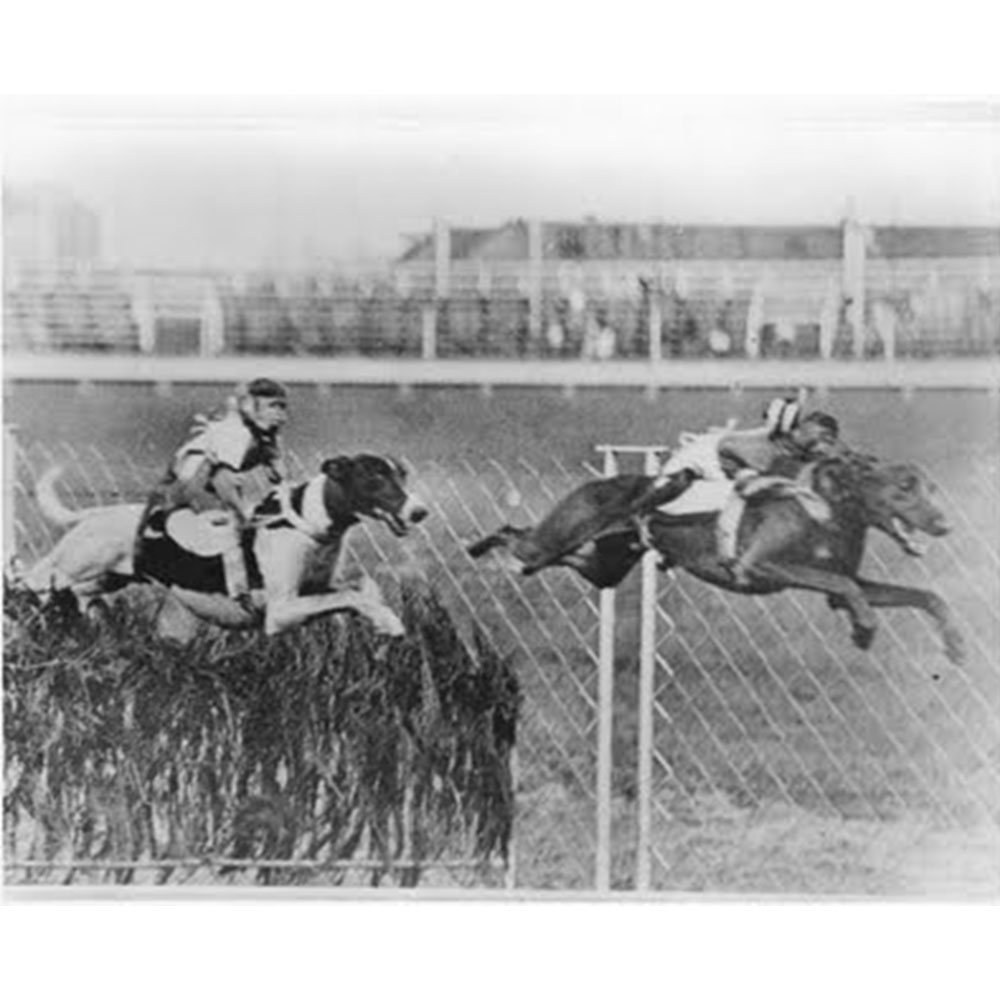
Monkey & Greyhound racing in Florida
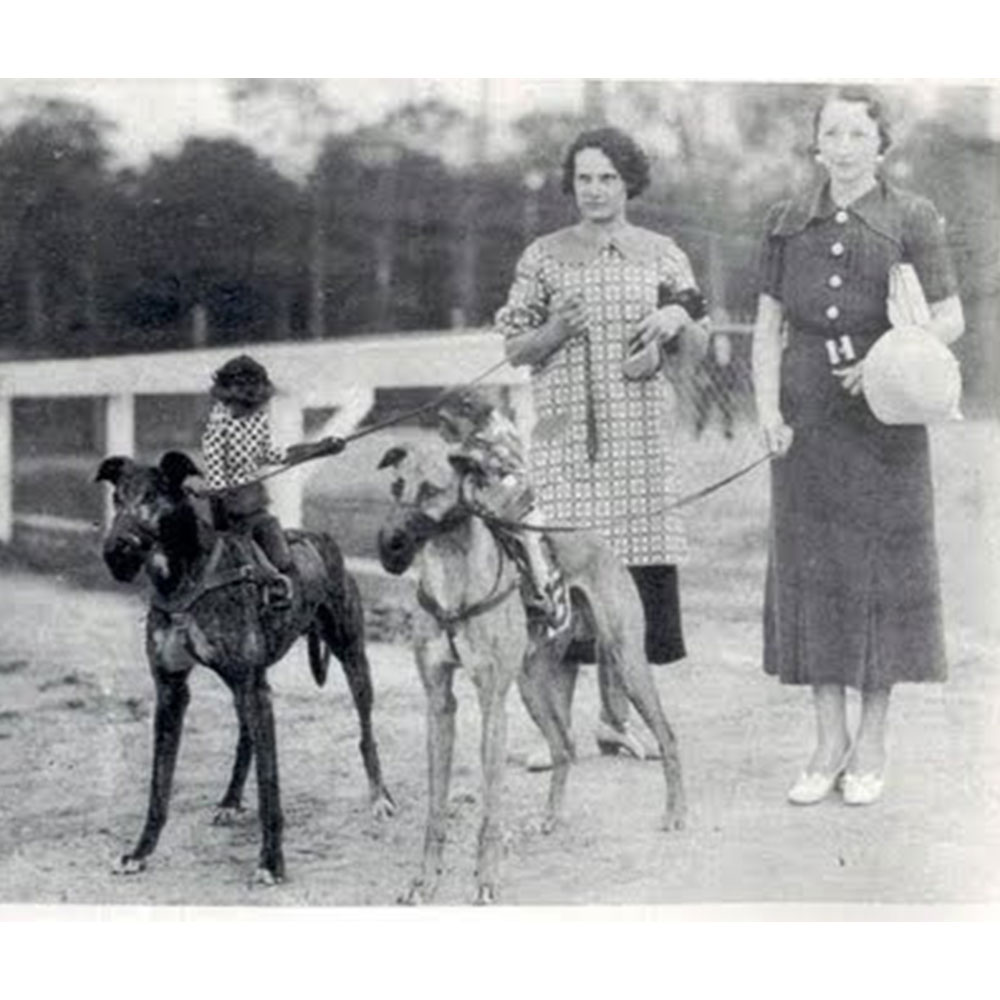
Monkey & Greyhound racing in Florida
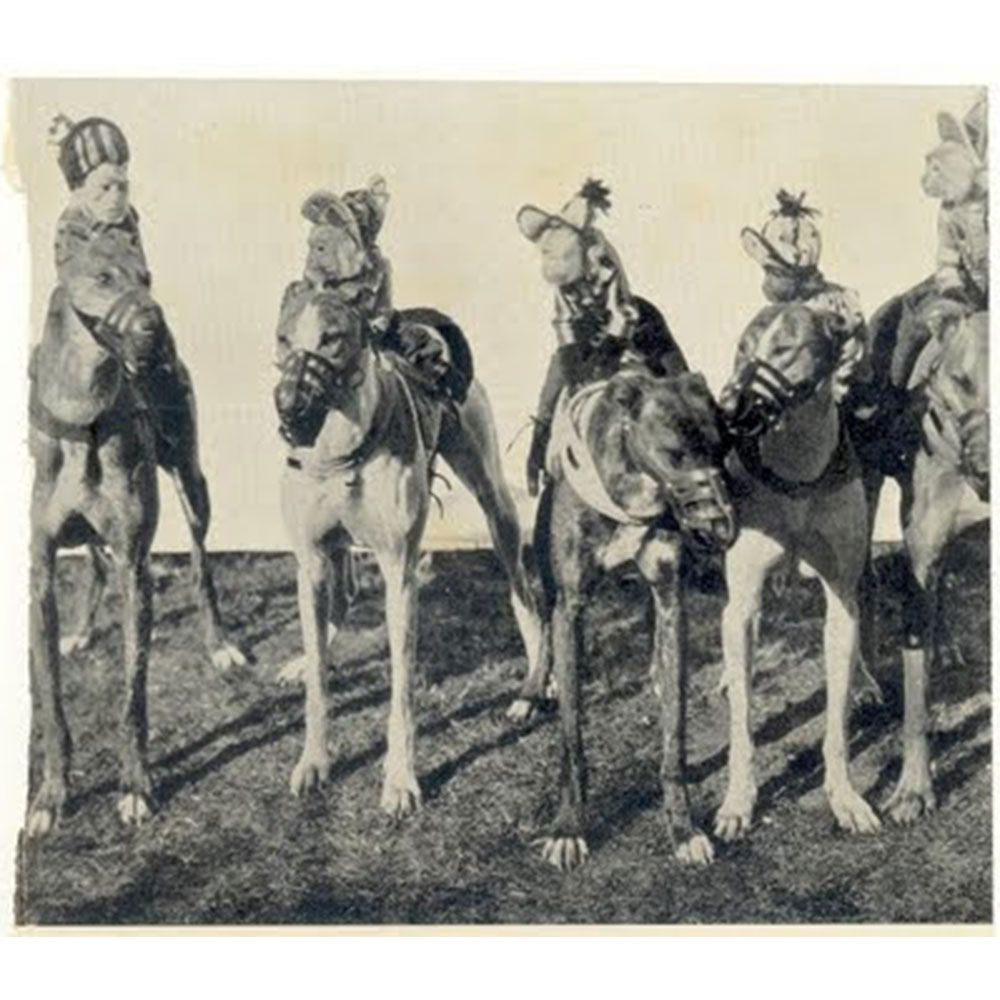
Monkey & Greyhound racing in Florida
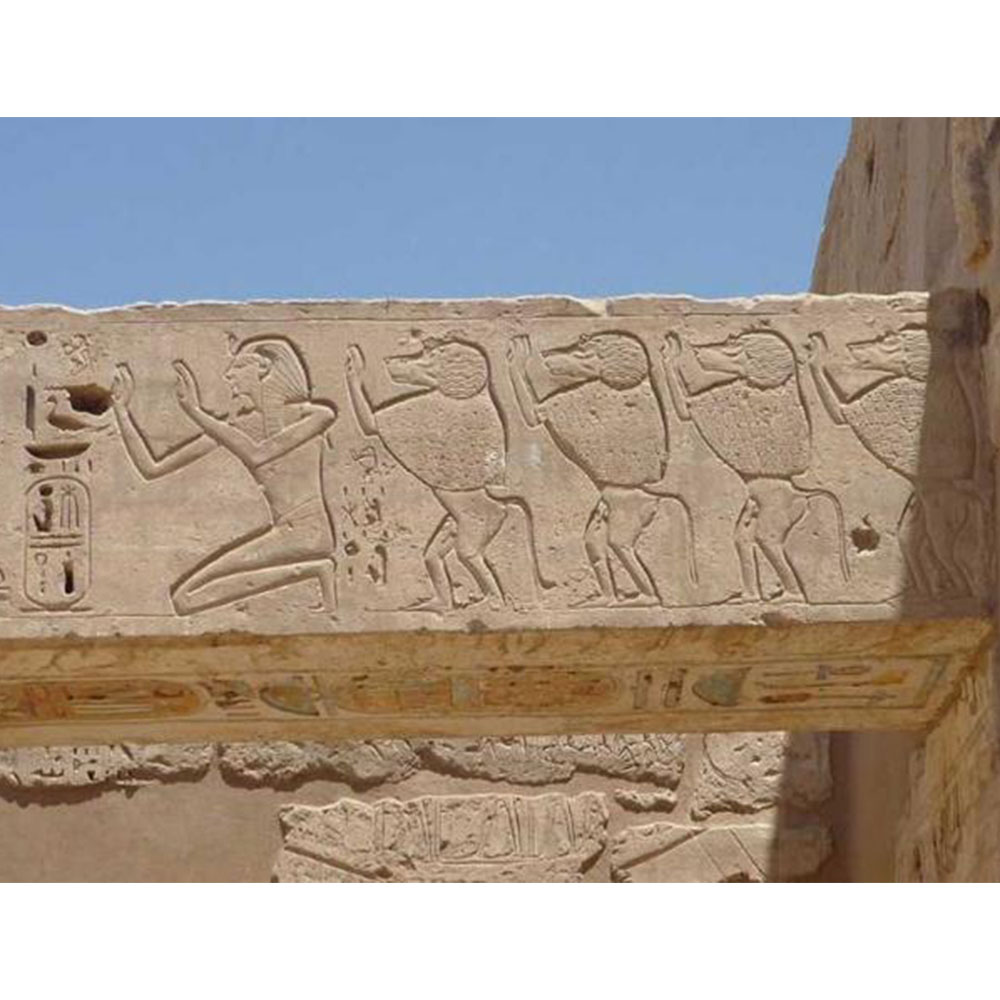
Wall relief of Ramses III & baboons
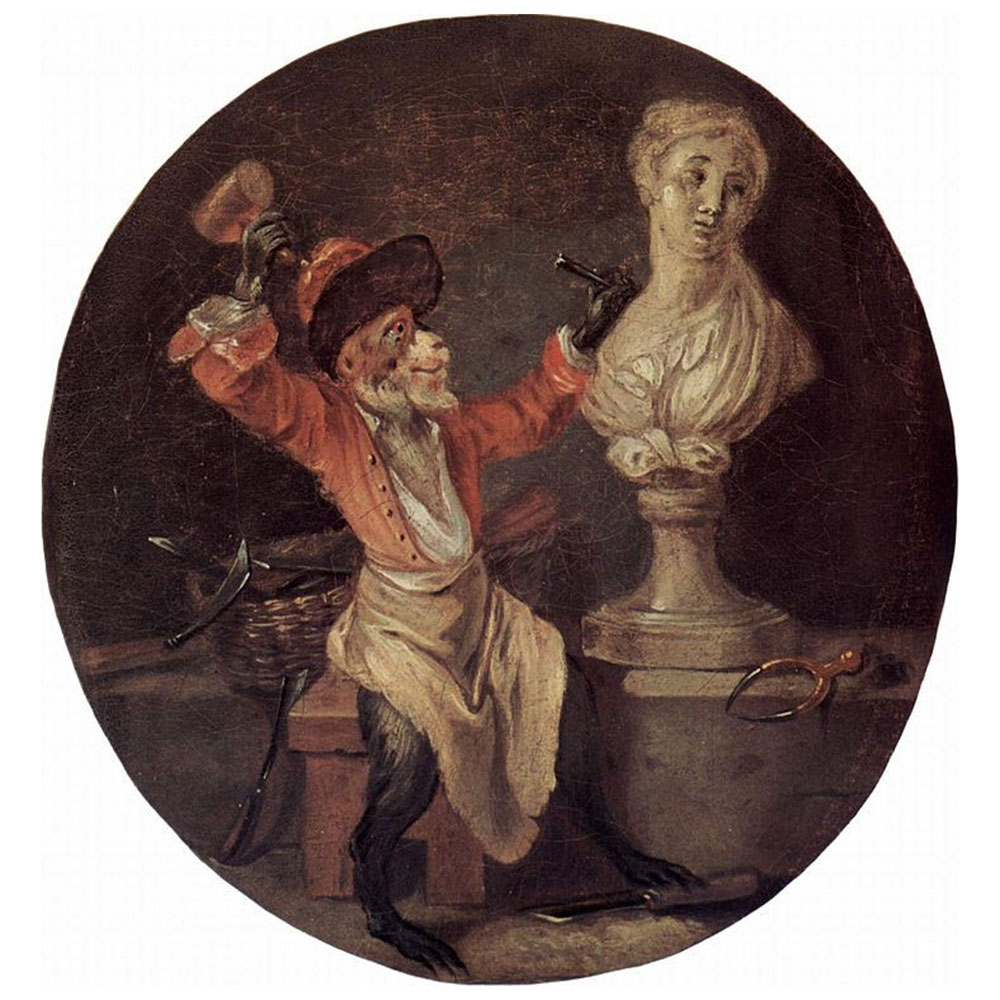
Monkey Sculptor
by A. Watteau c.1710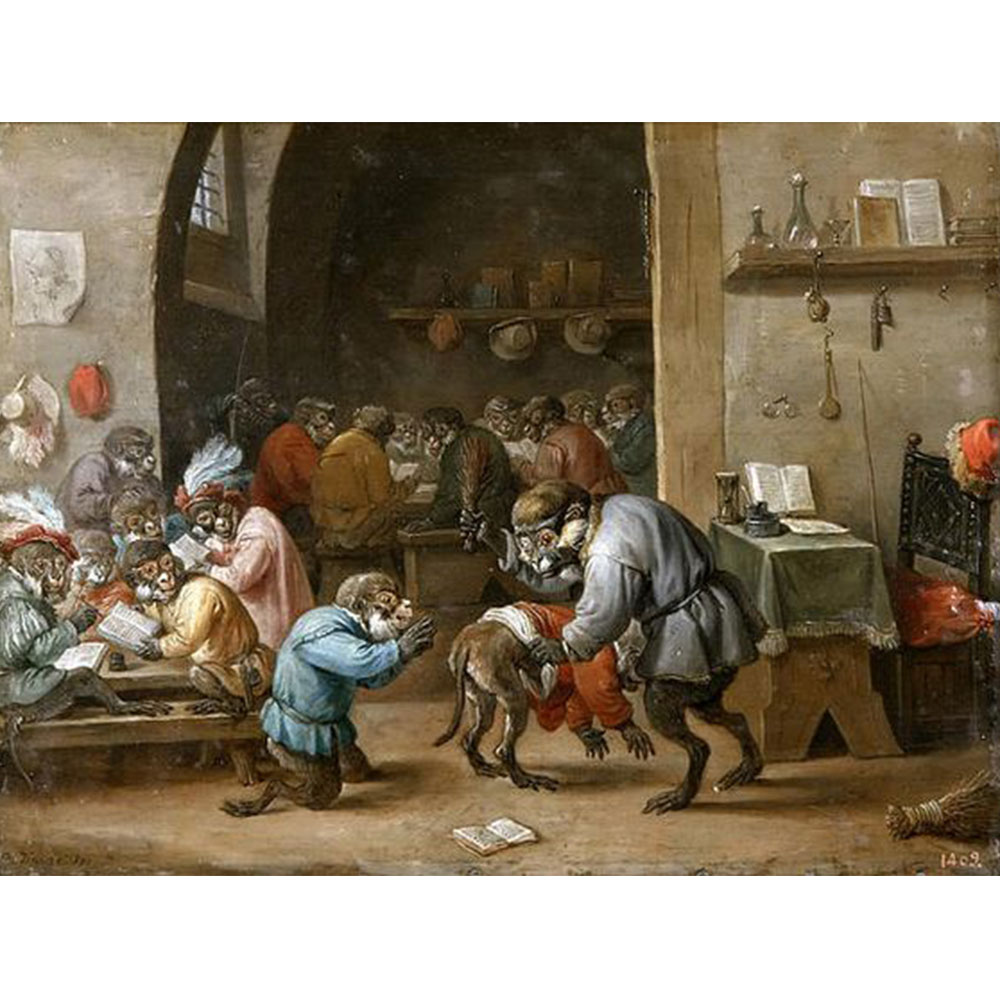
Monkeys at School by D. Younger
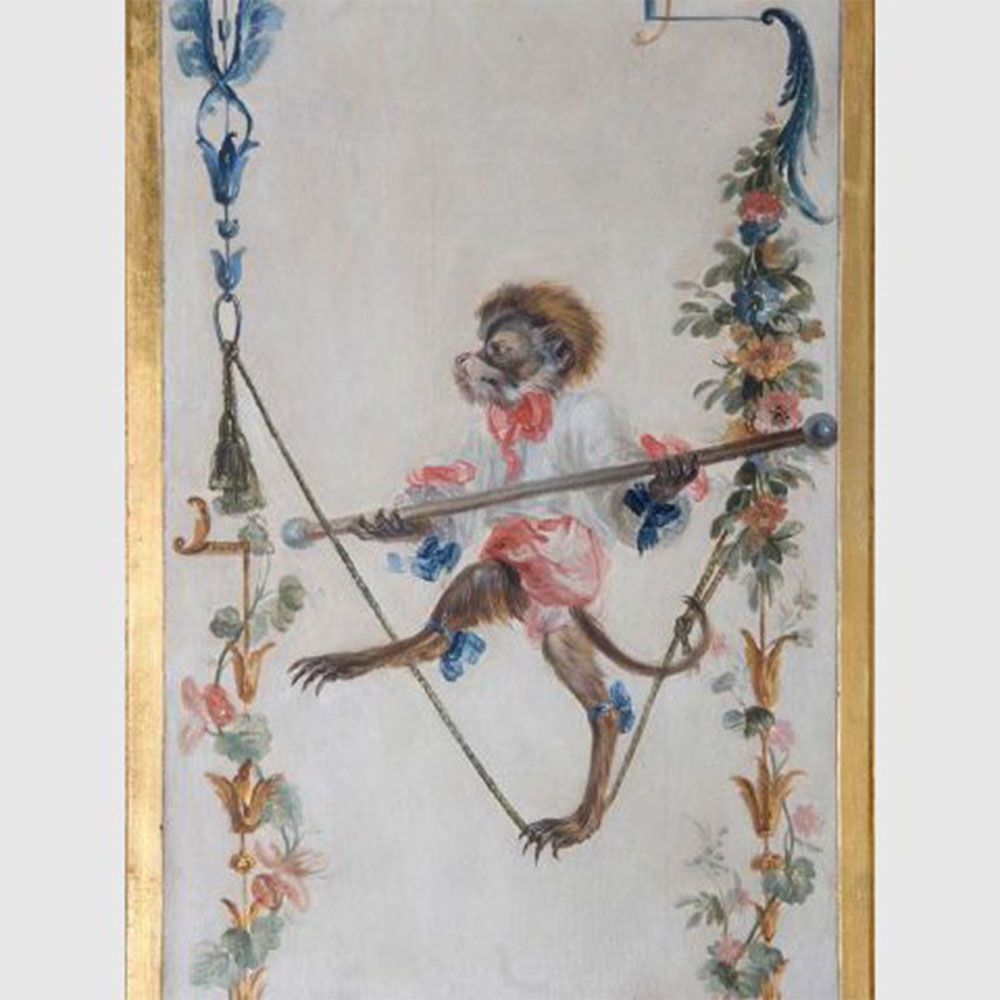
Grande Singerie at the Chateau de Chantilly
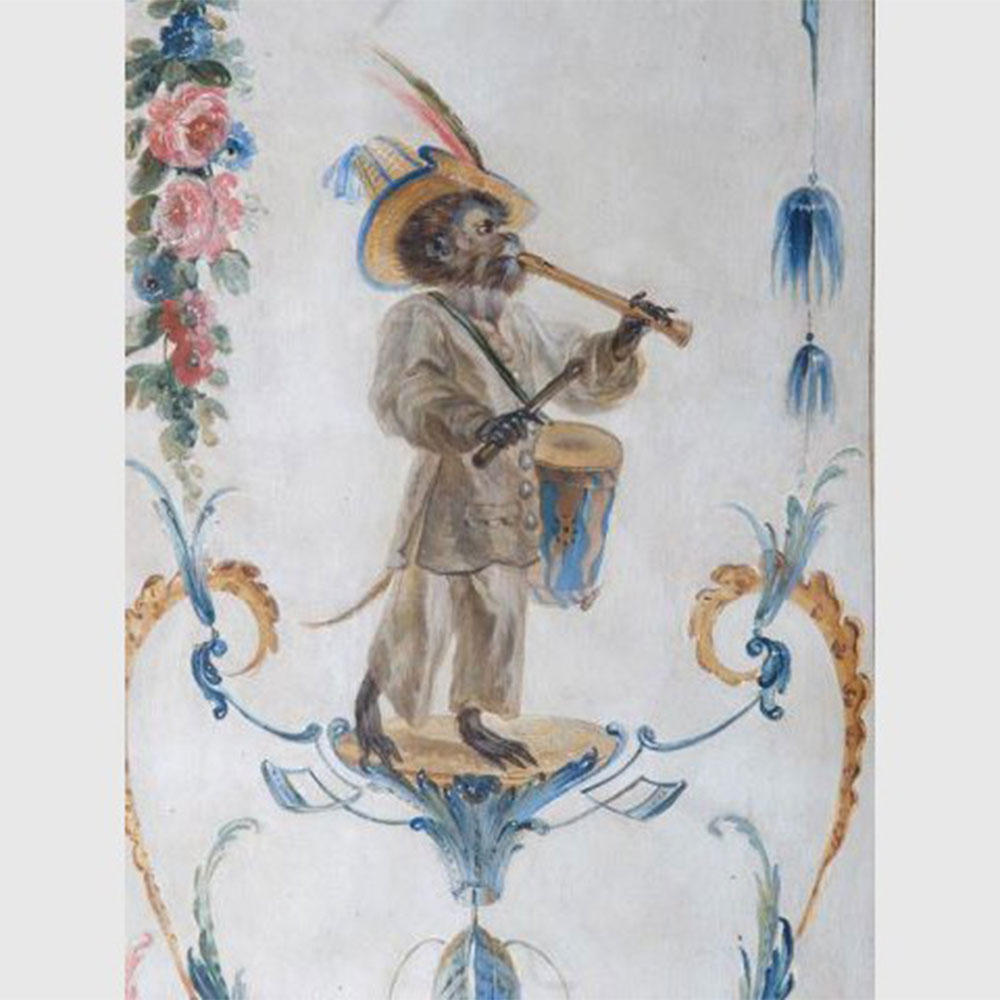
Grande Singerie at the Chateau de Chantilly
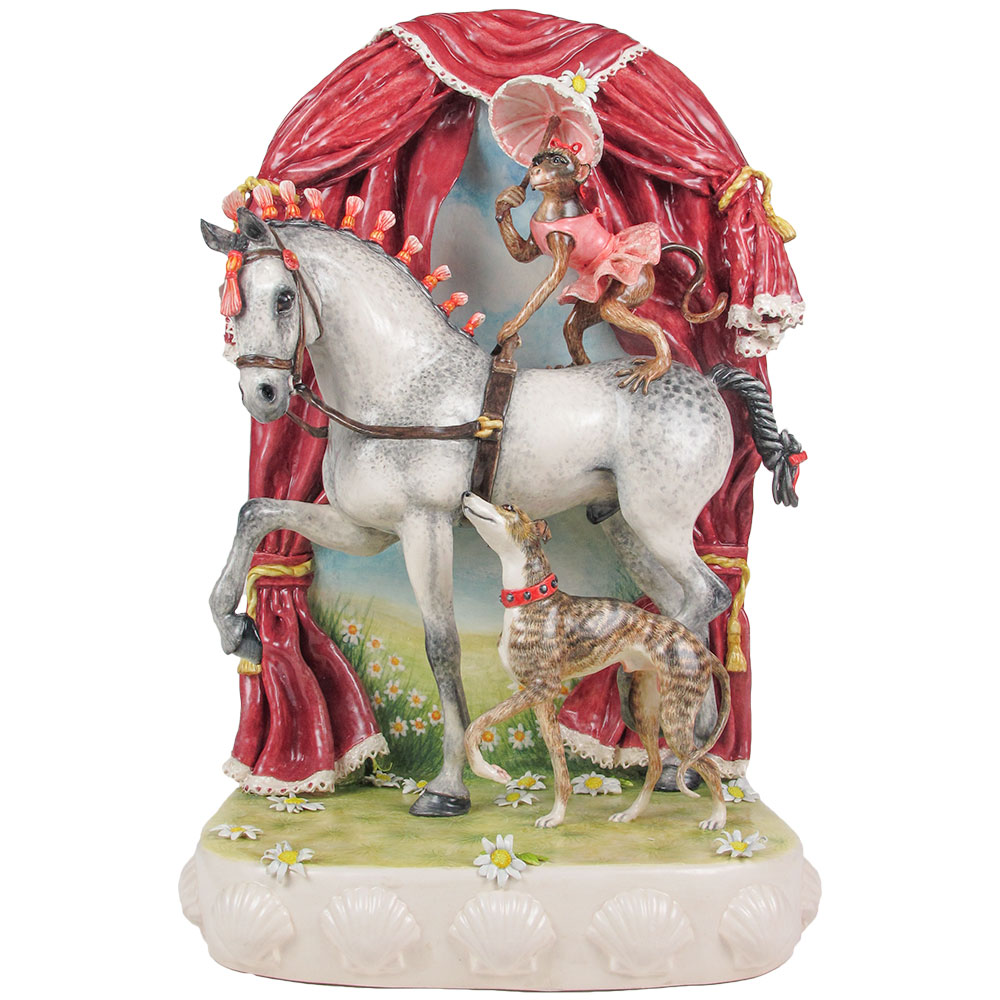
Circus Cavalcade
by M. Coxon
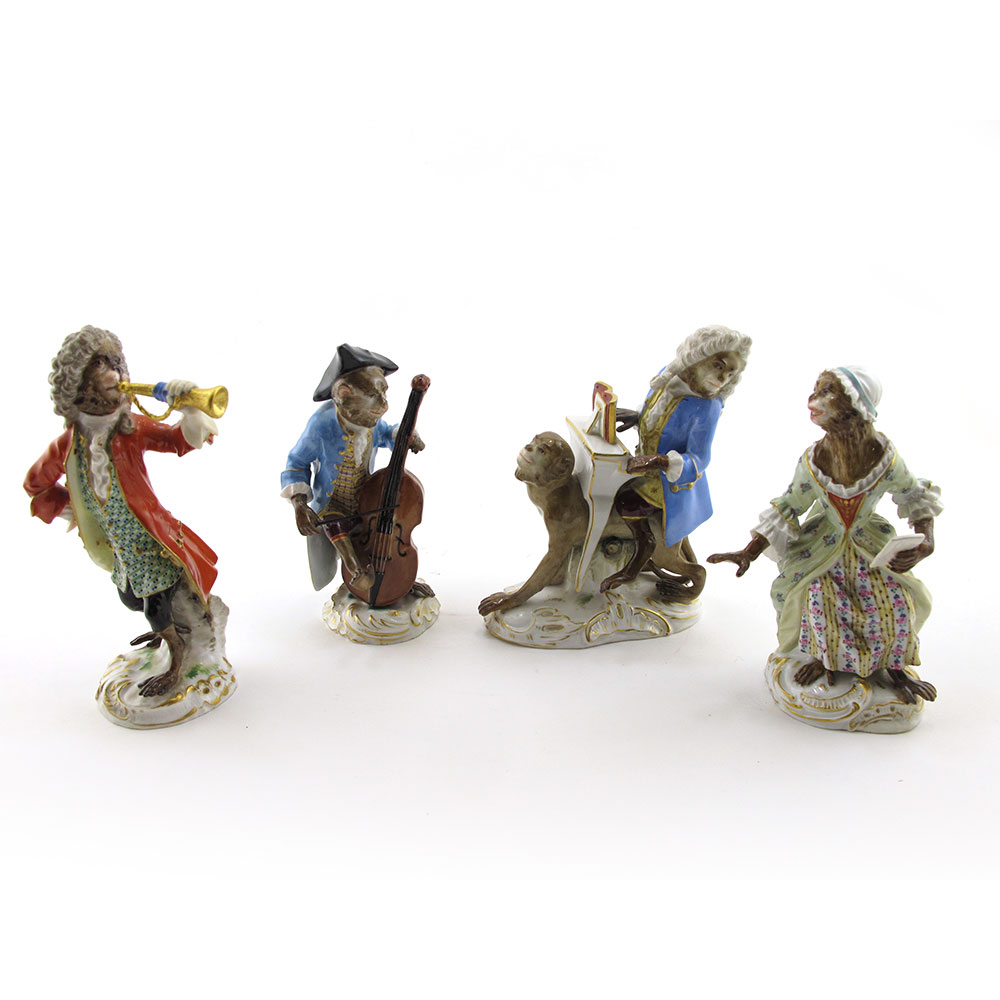
Meissen group of court musicians
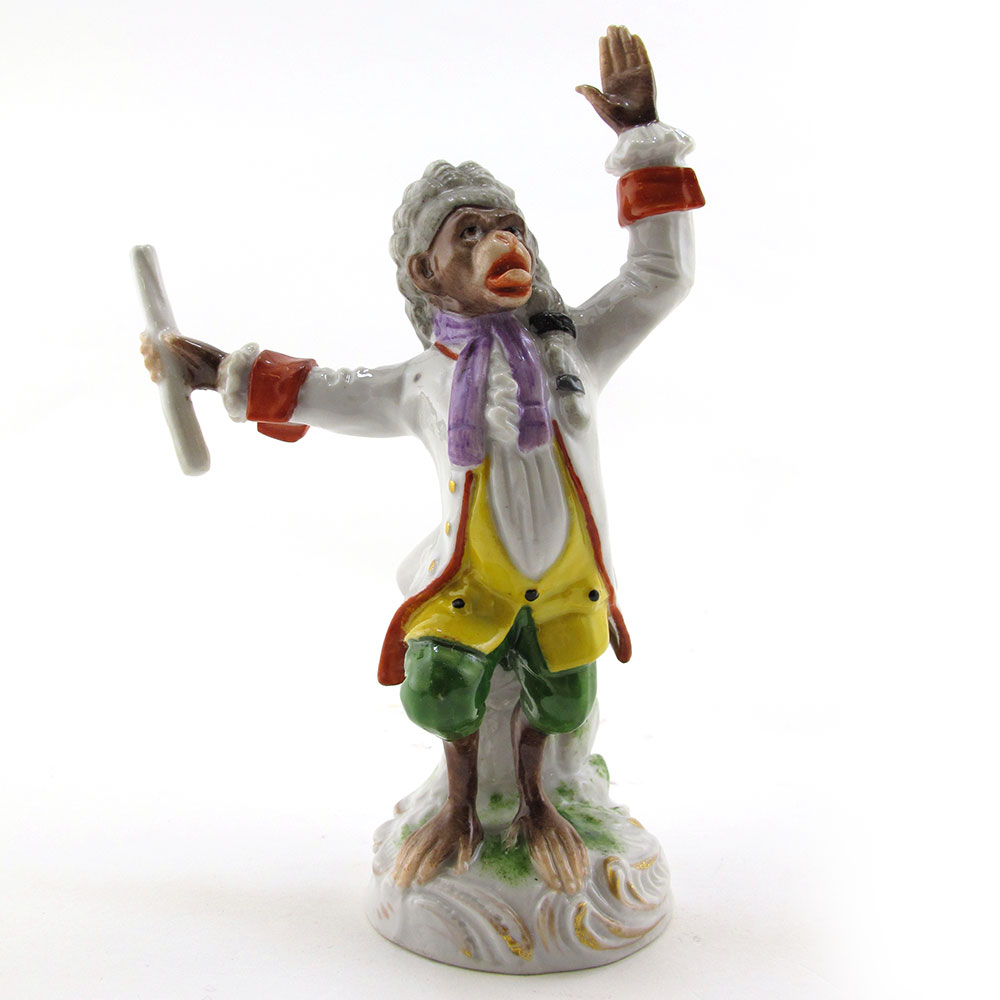
Schierholz Monkey Musician
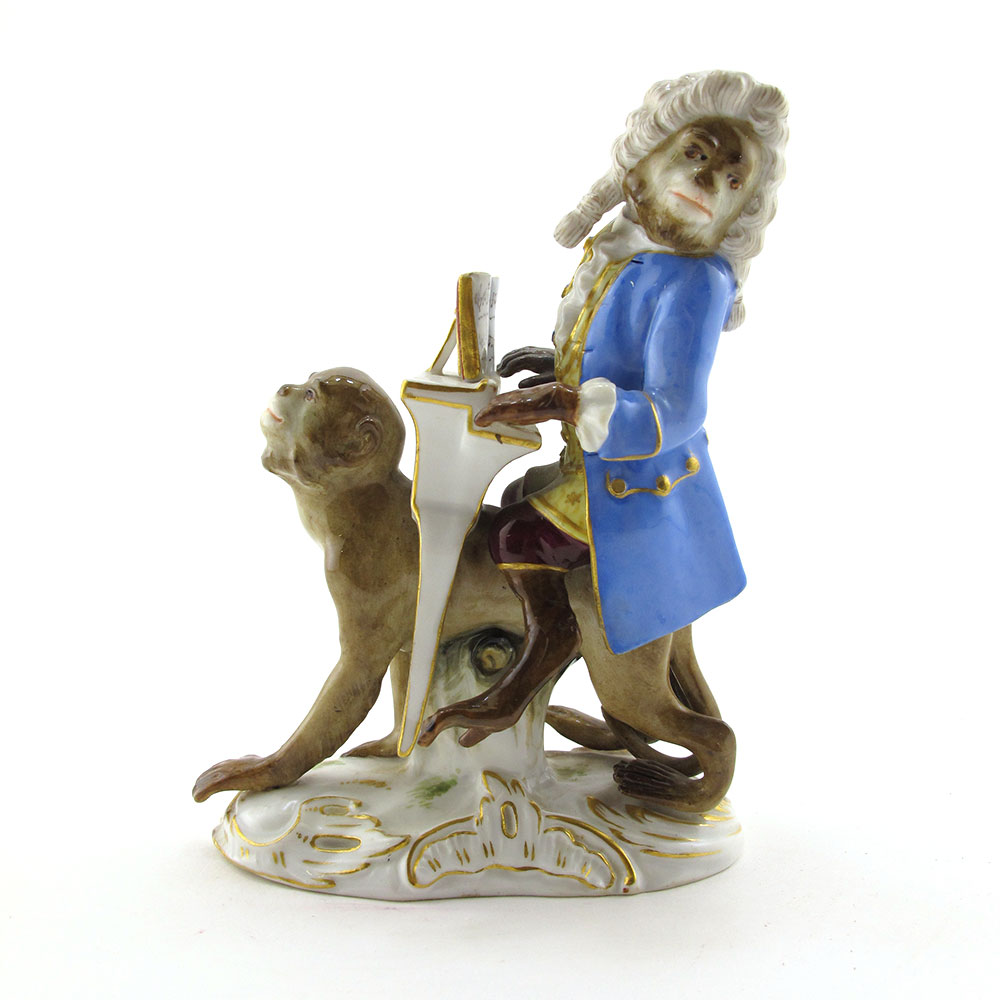
Meissen Monkey Musician
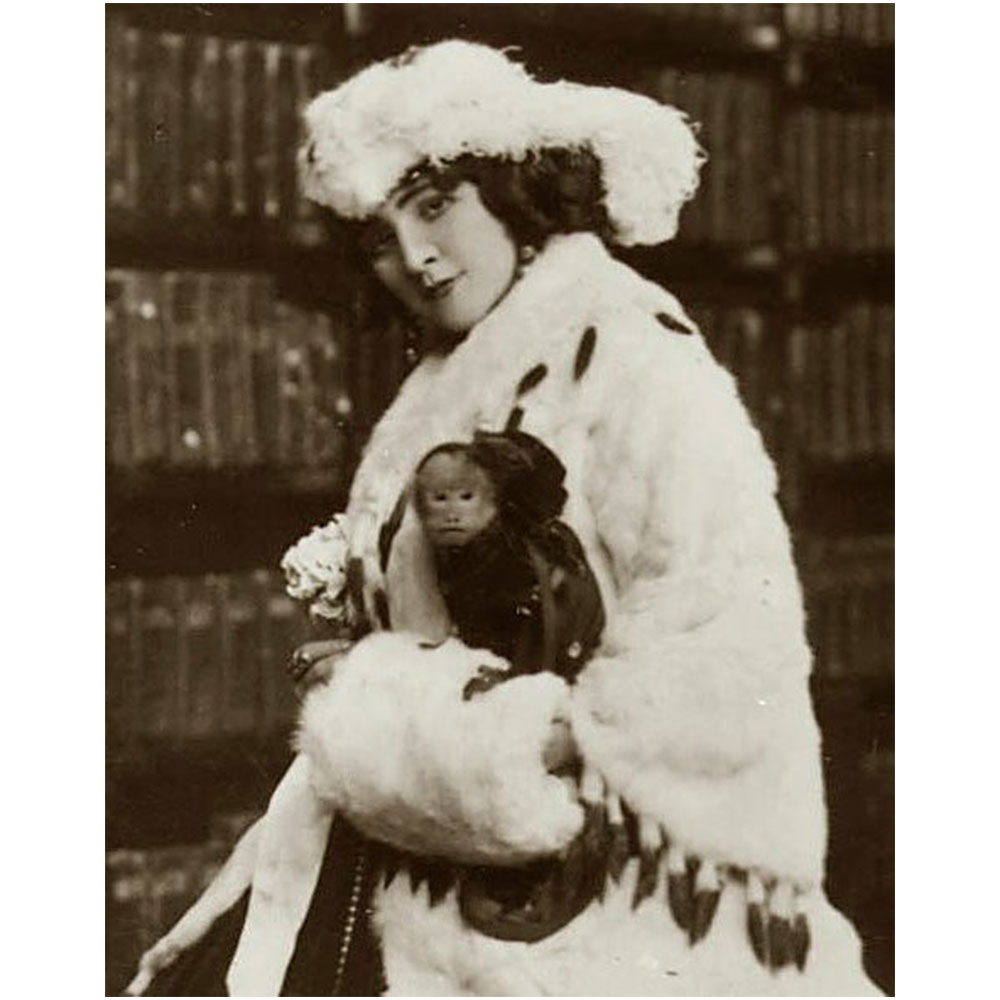
Doris Keane with her pet monkey
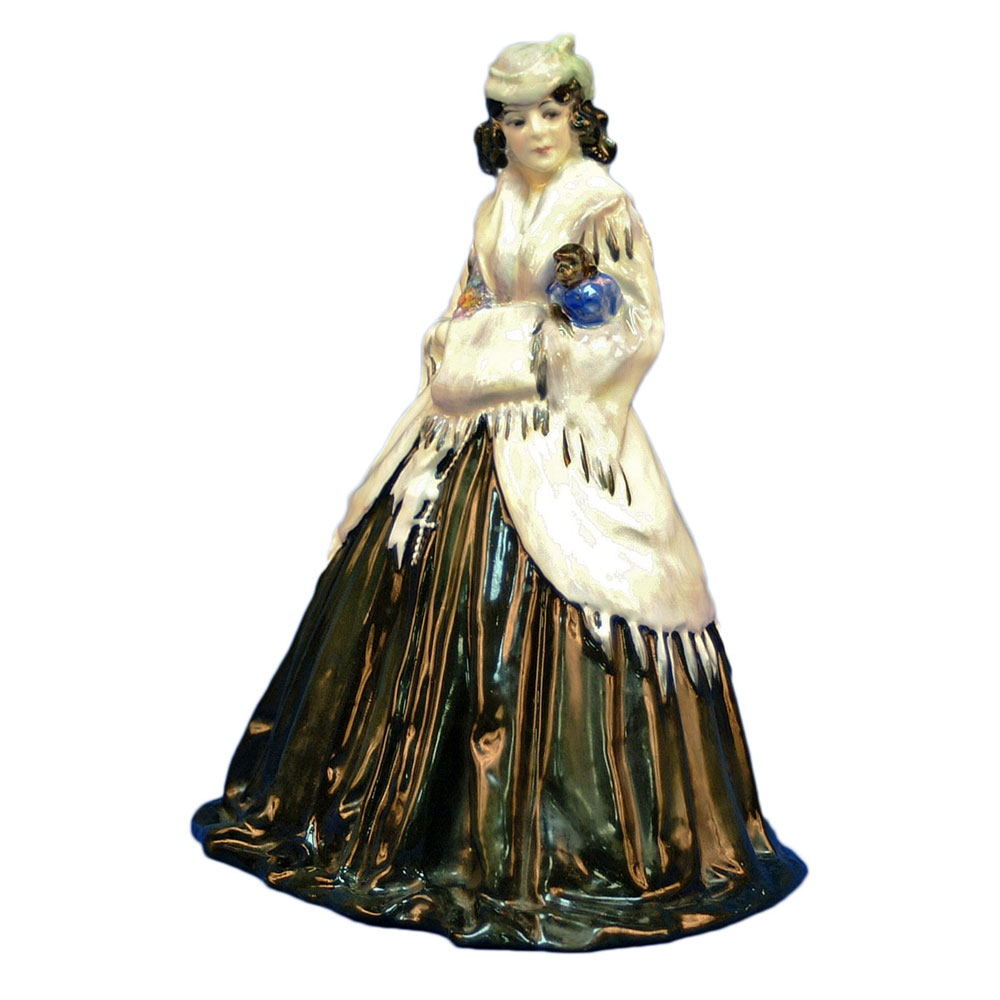
Royal Doulton Doris Keane
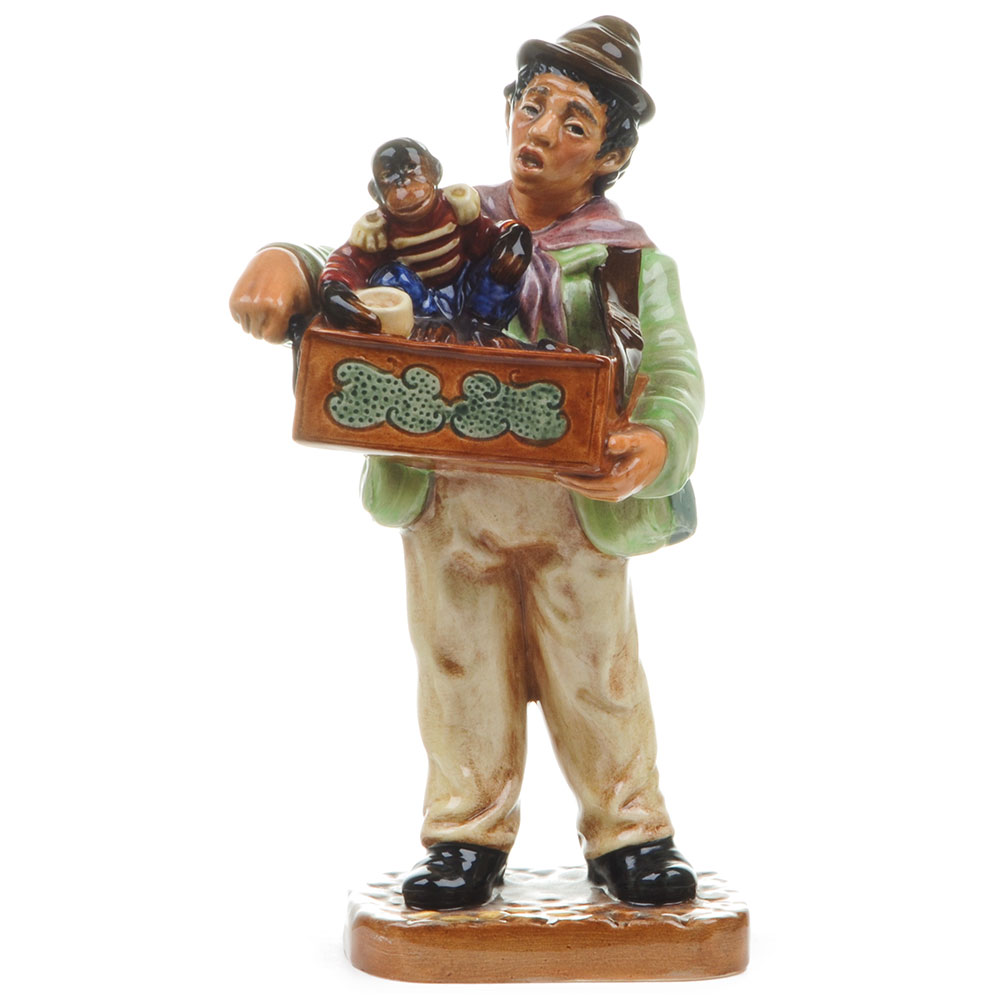
Royal Doulton Organ Grinder
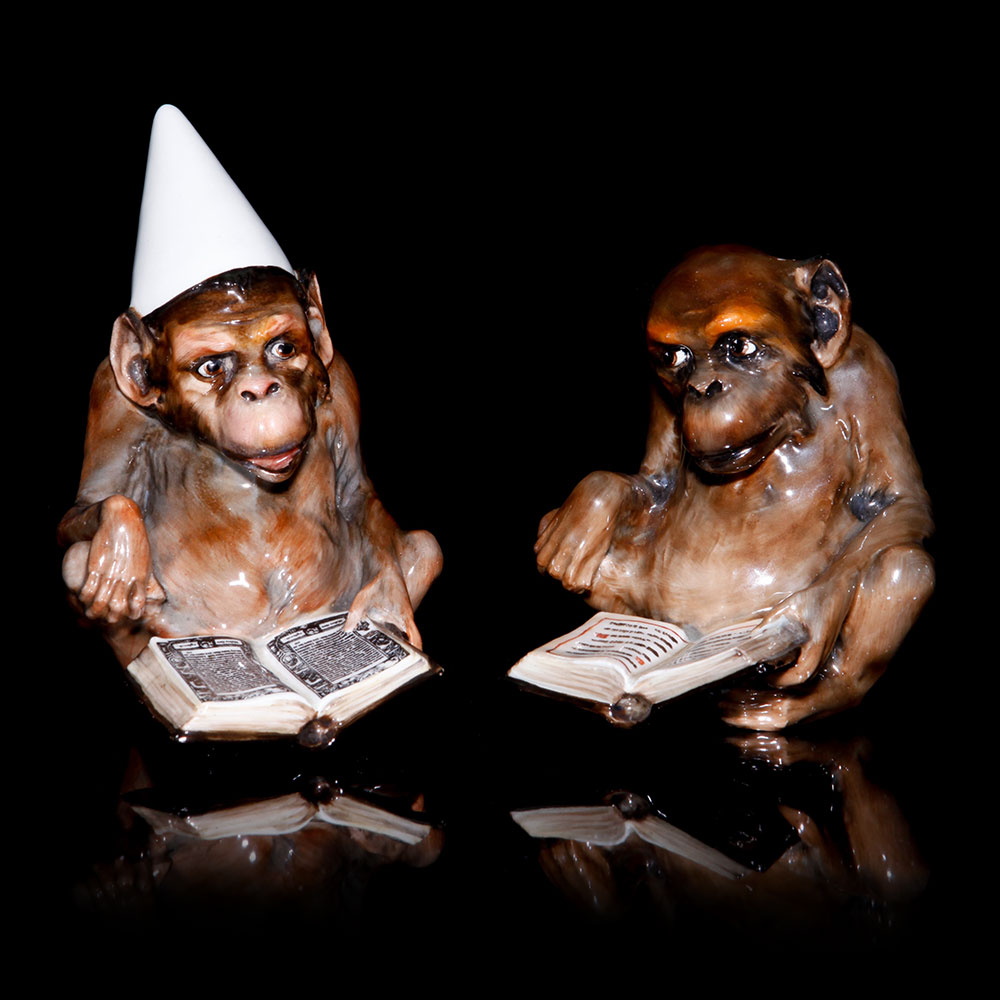
Royal Doulton Apes Reading
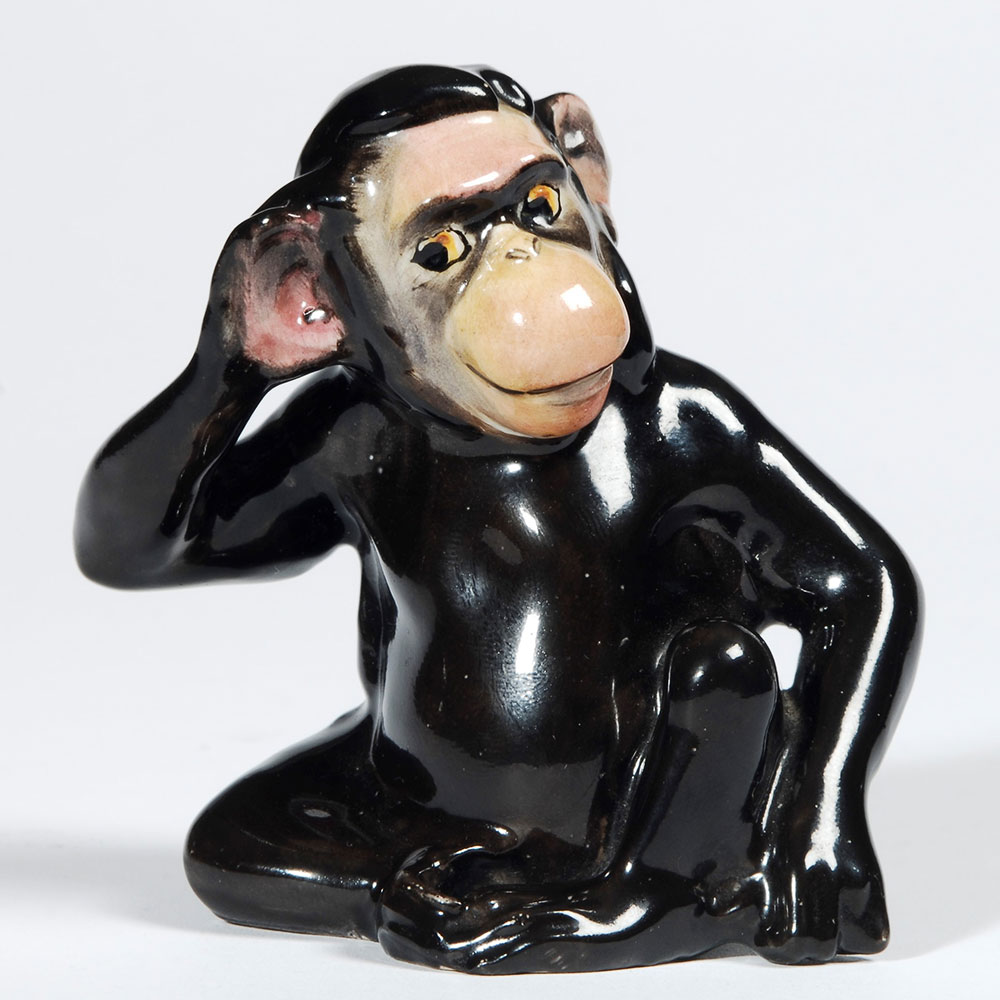
Royal Doulton Monkey
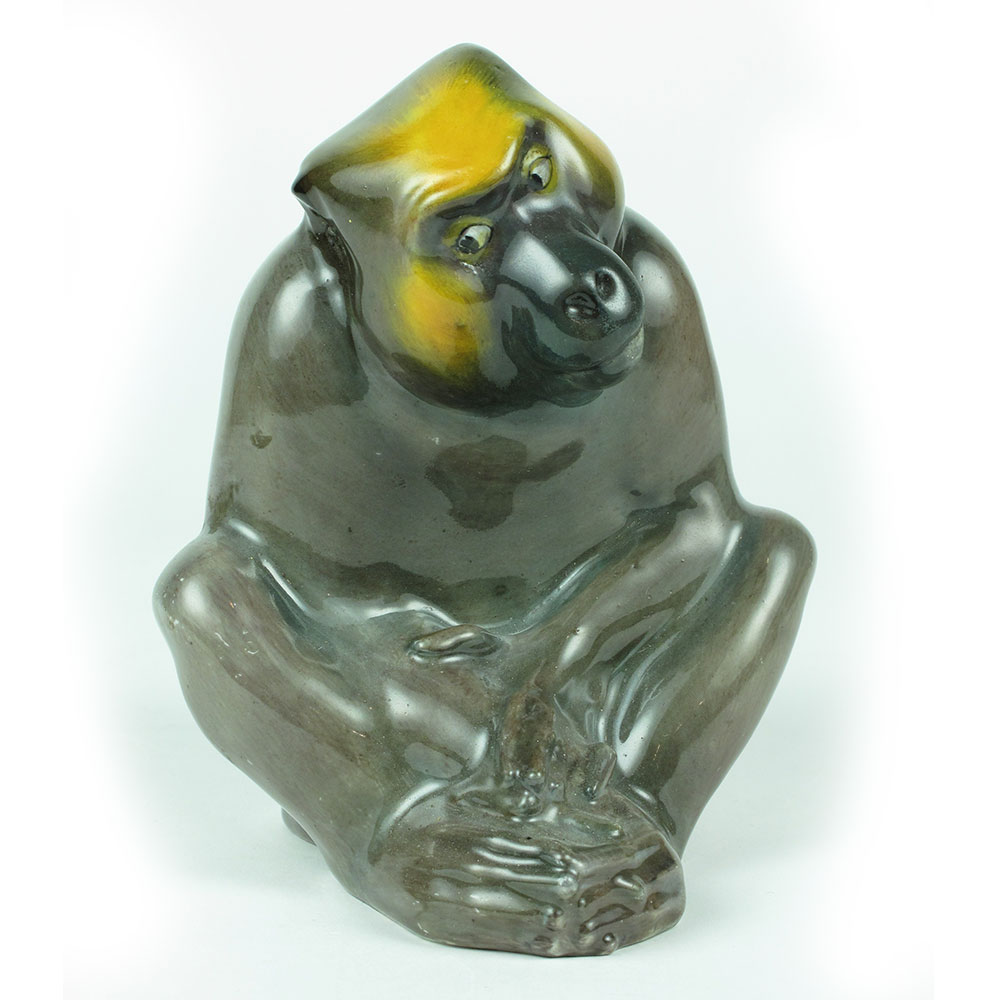
Royal Doulton Ape
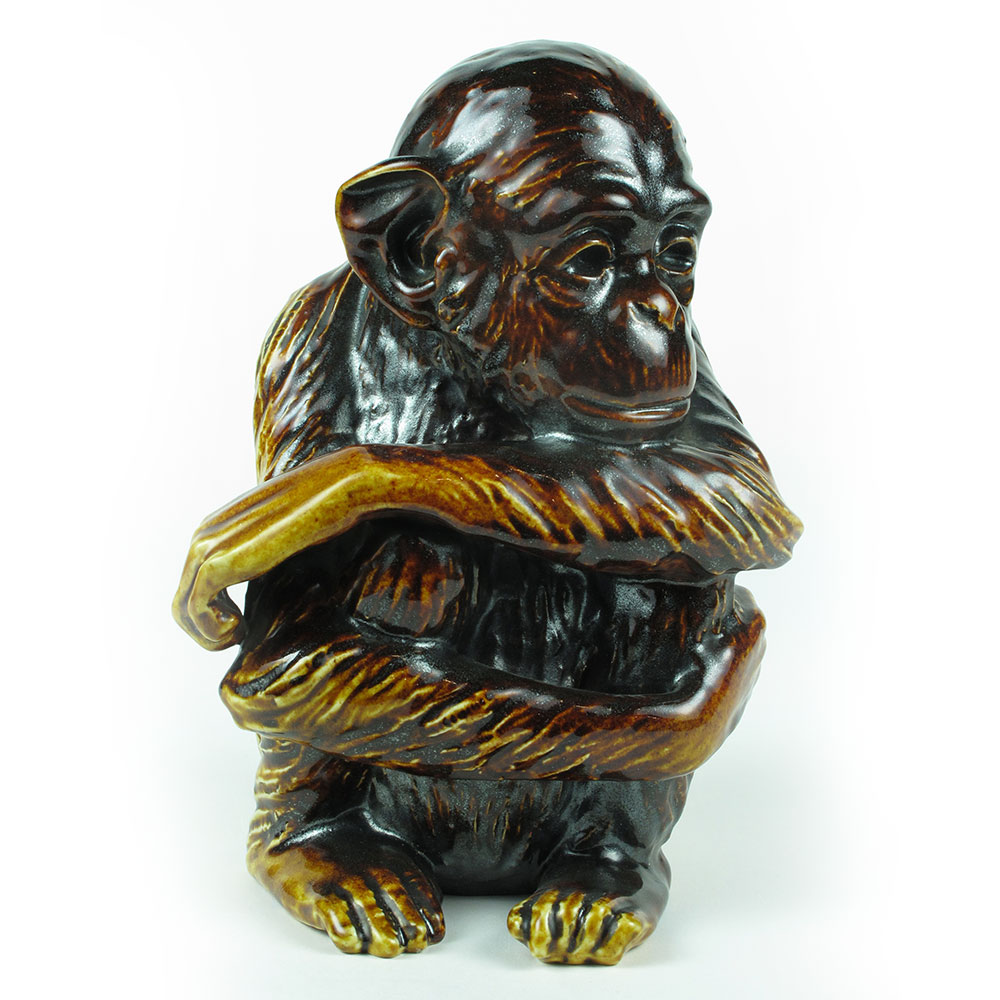
Royal Doulton Ape
L. Harradine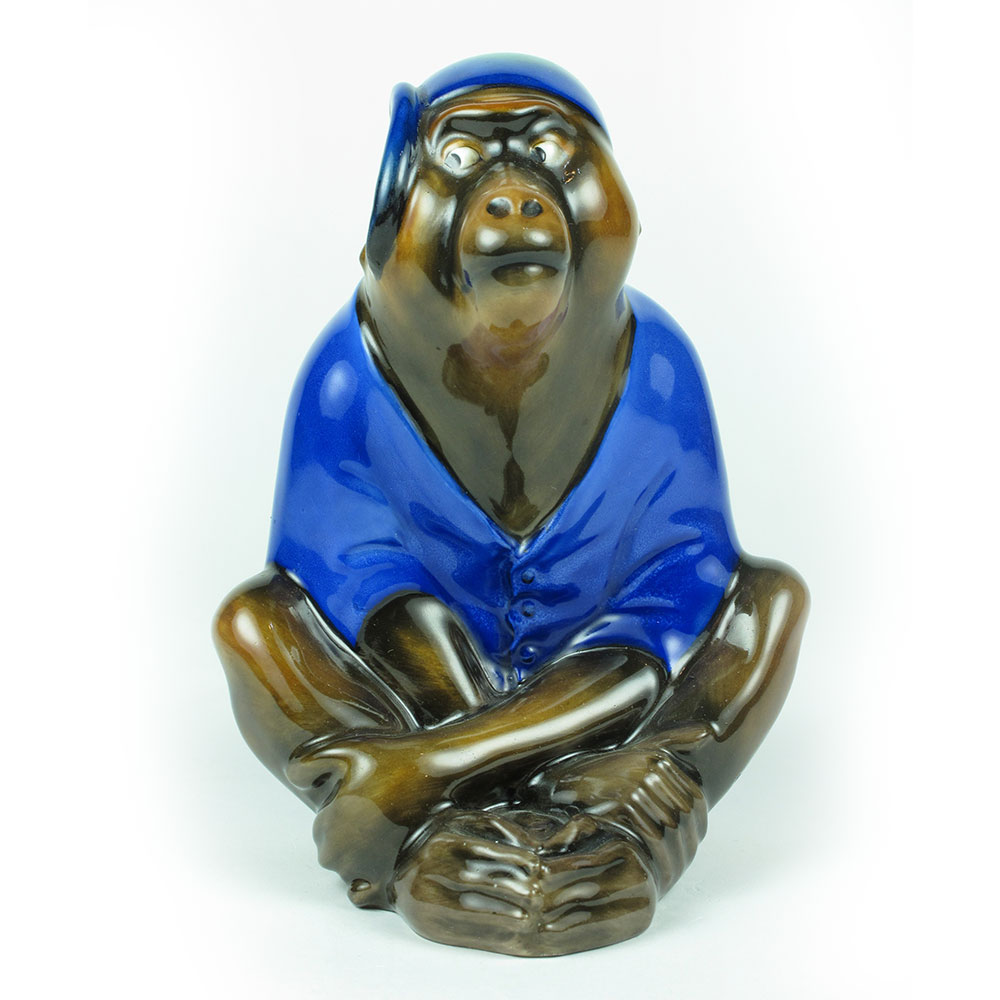
Royal Doulton Ape in Fez
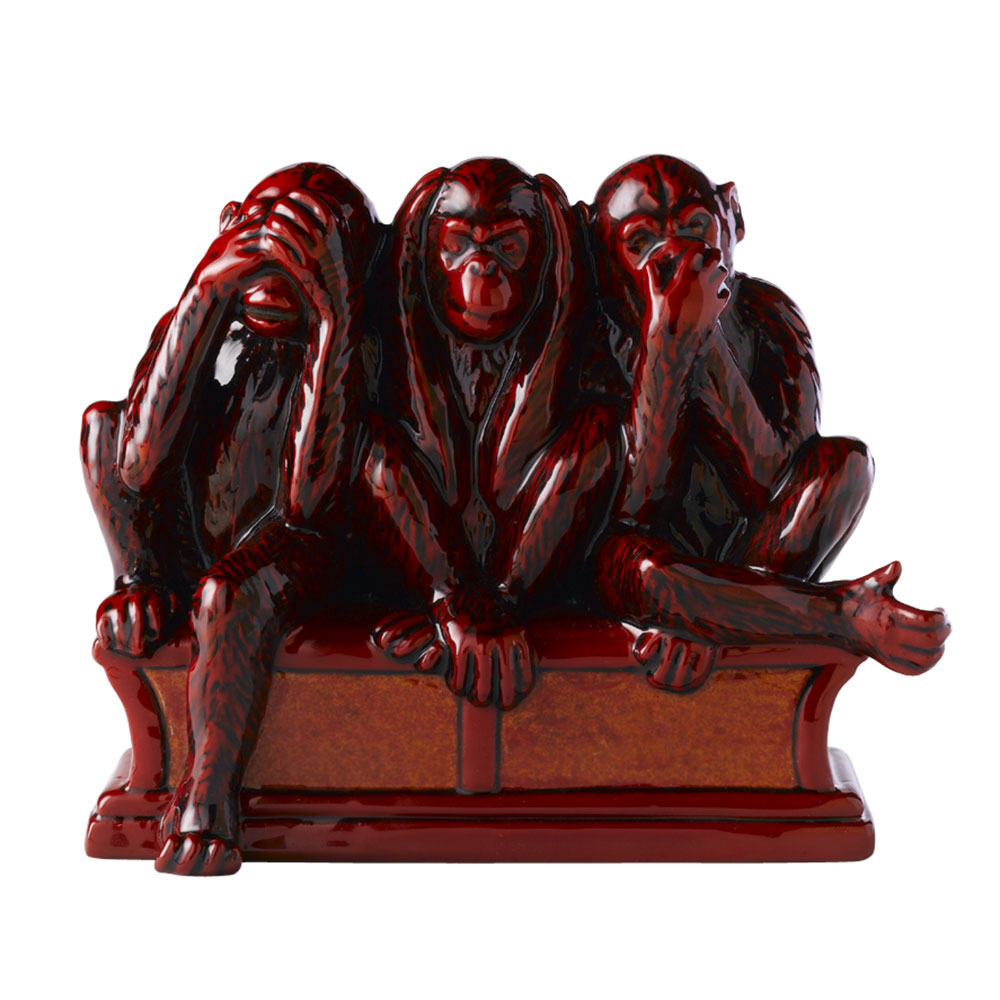
Royal Doulton Three Wise Monkeys
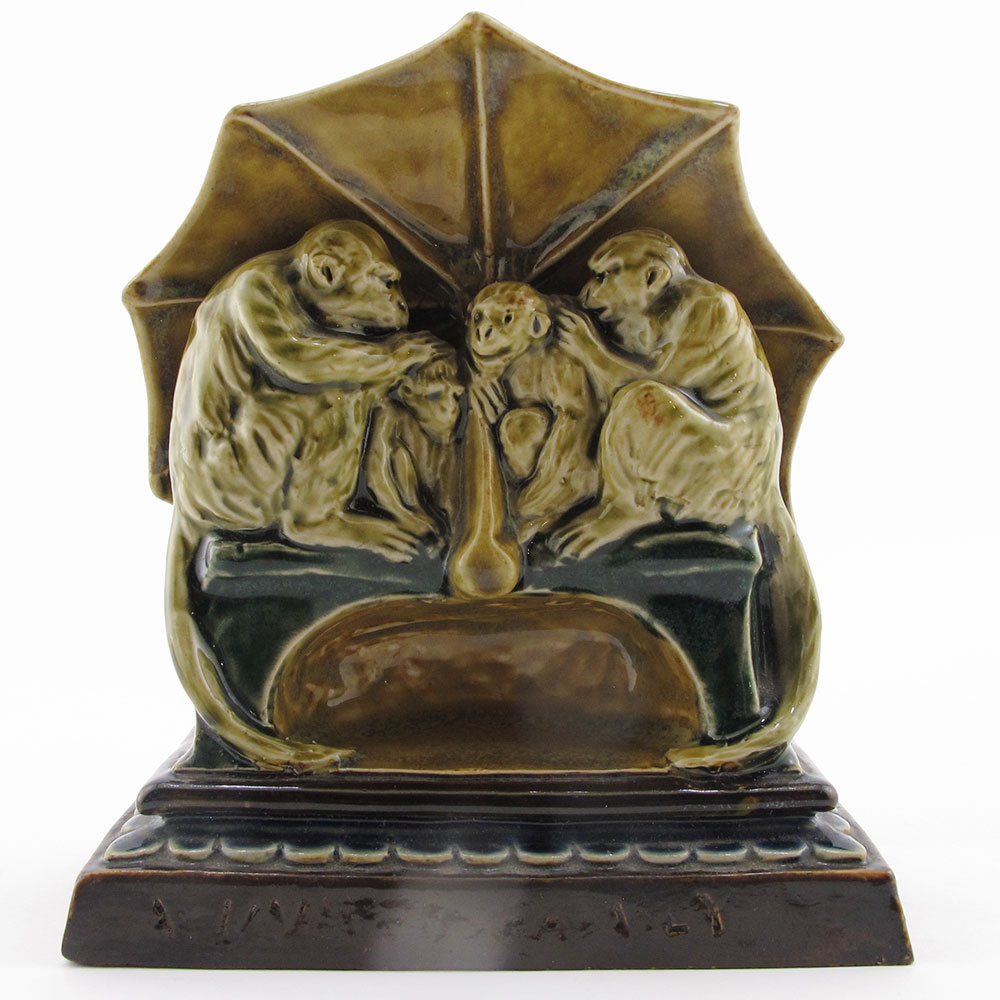
Doulton Lambeth United Family
G. Tinworth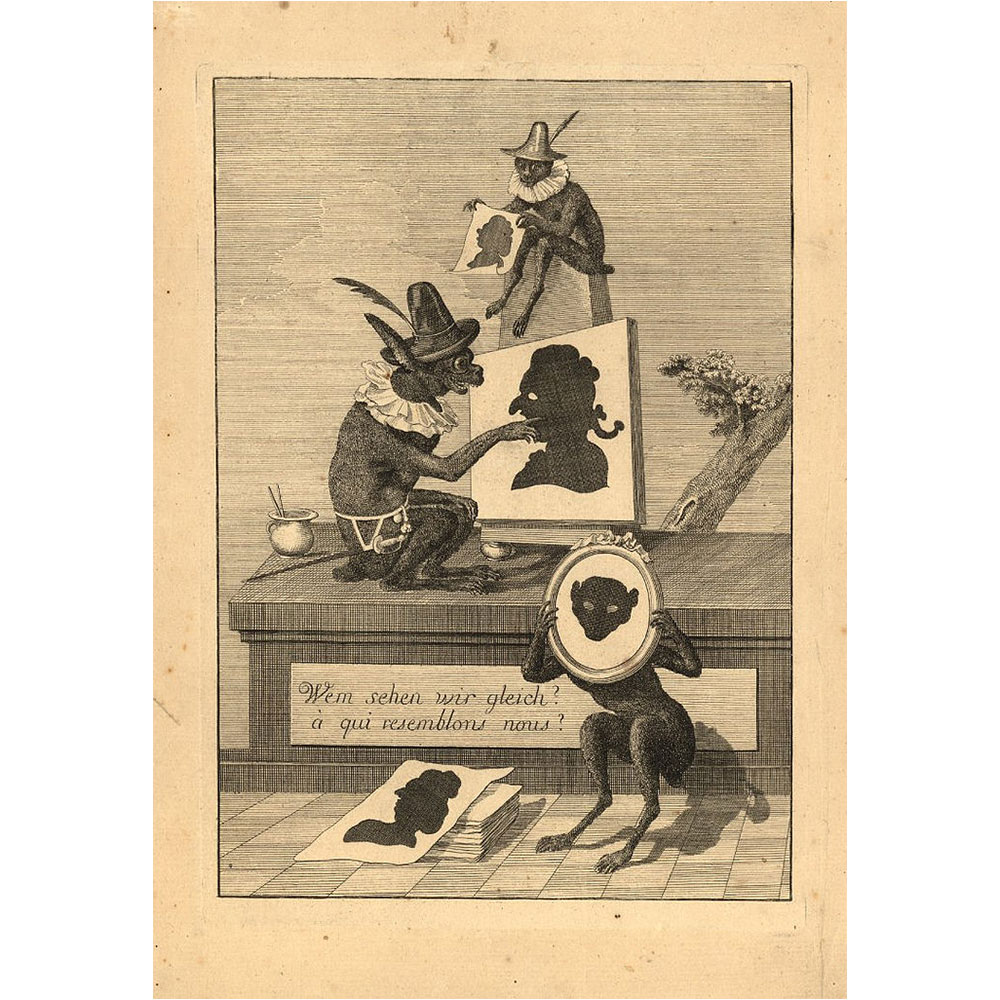
Who do we look like? Illustration
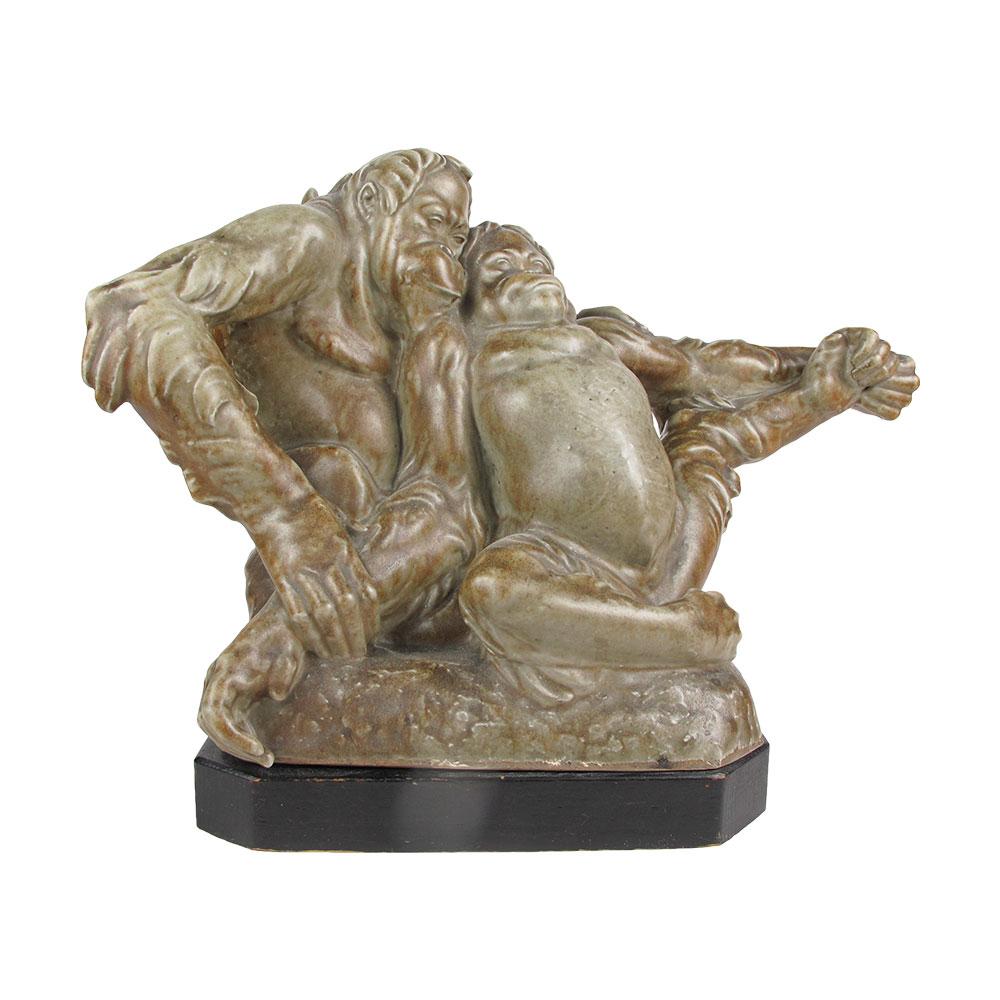
Orangs by C. Vyse
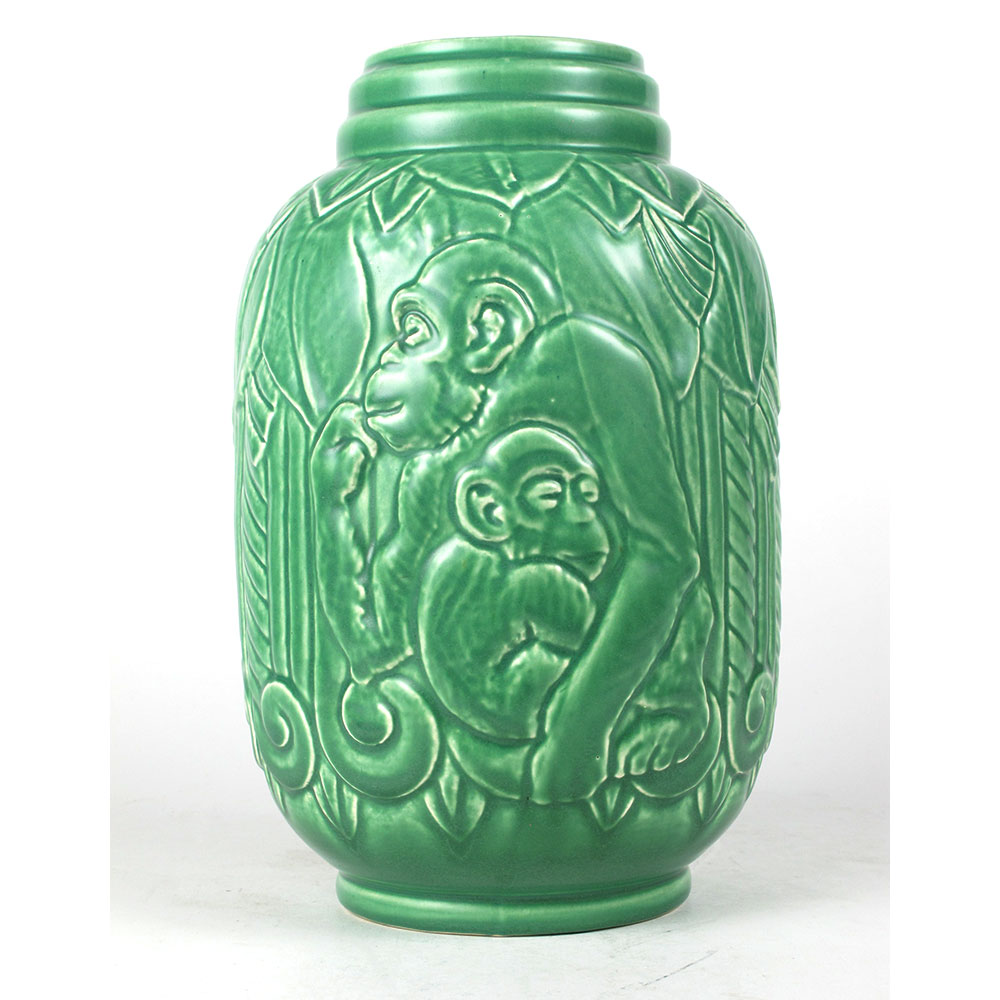
Wedgwood Monkey Vase
by E. Olsen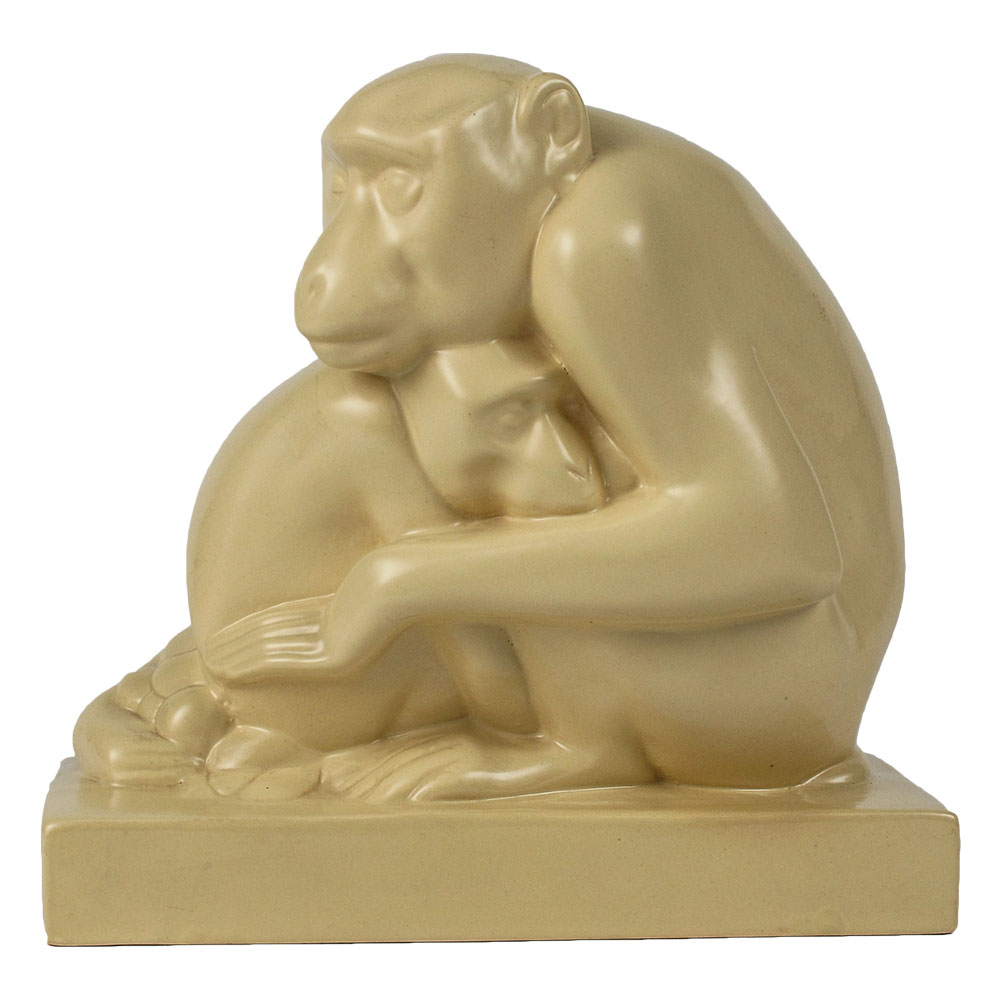
Wedgwood Monkeys
by J. Skeaping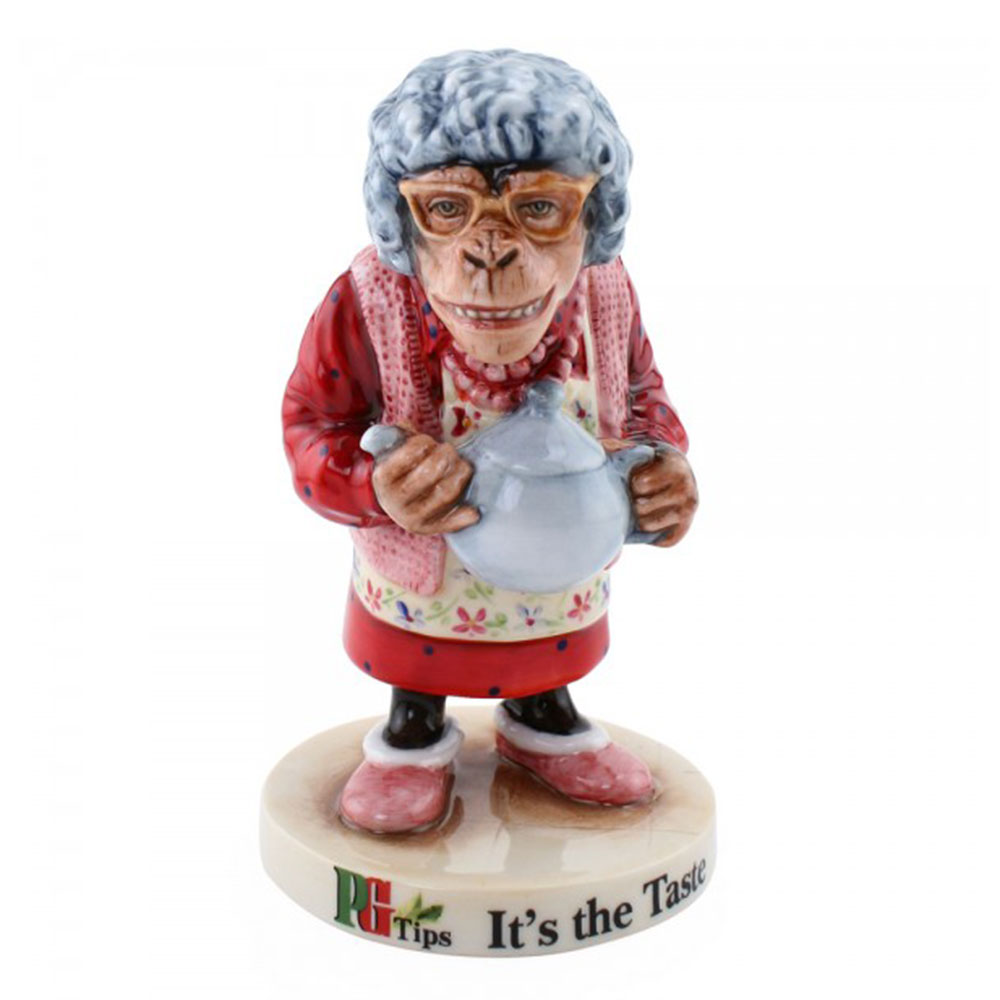
Royal Doulton Ada
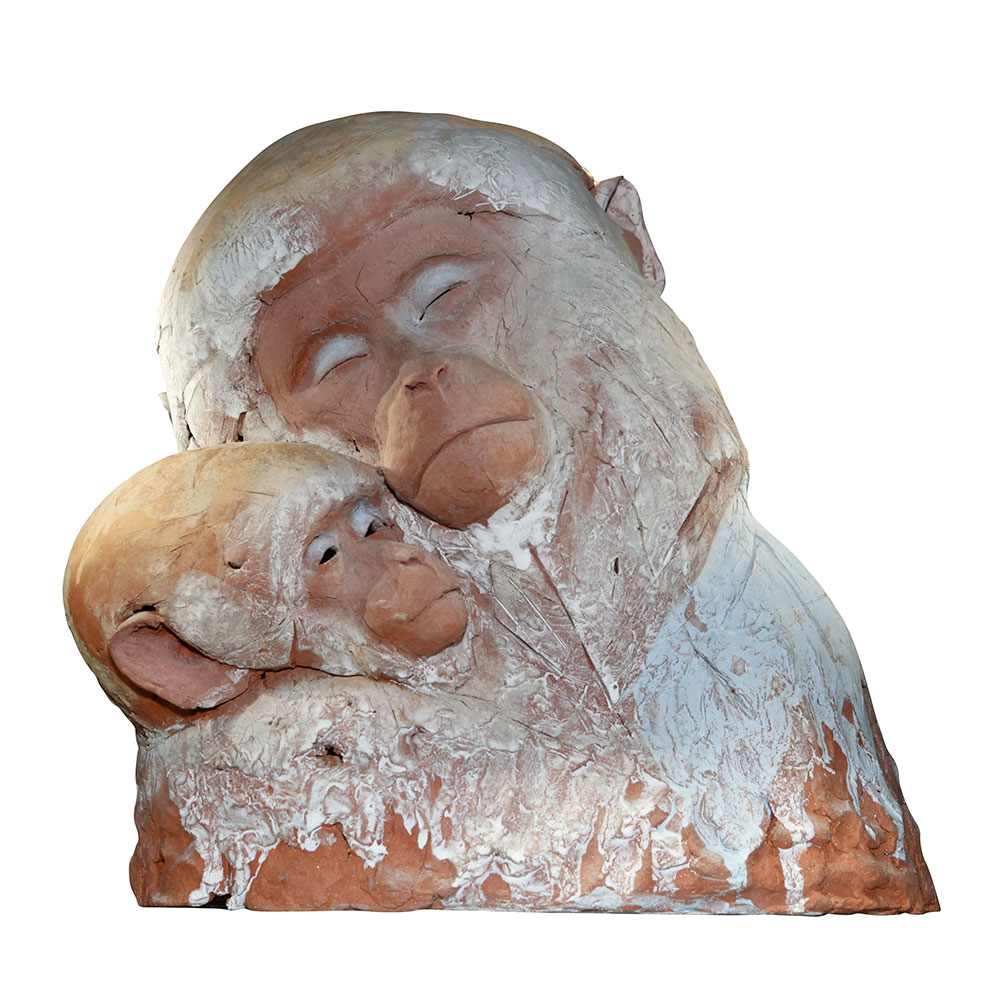
Macaque & Infant by N. Theakston
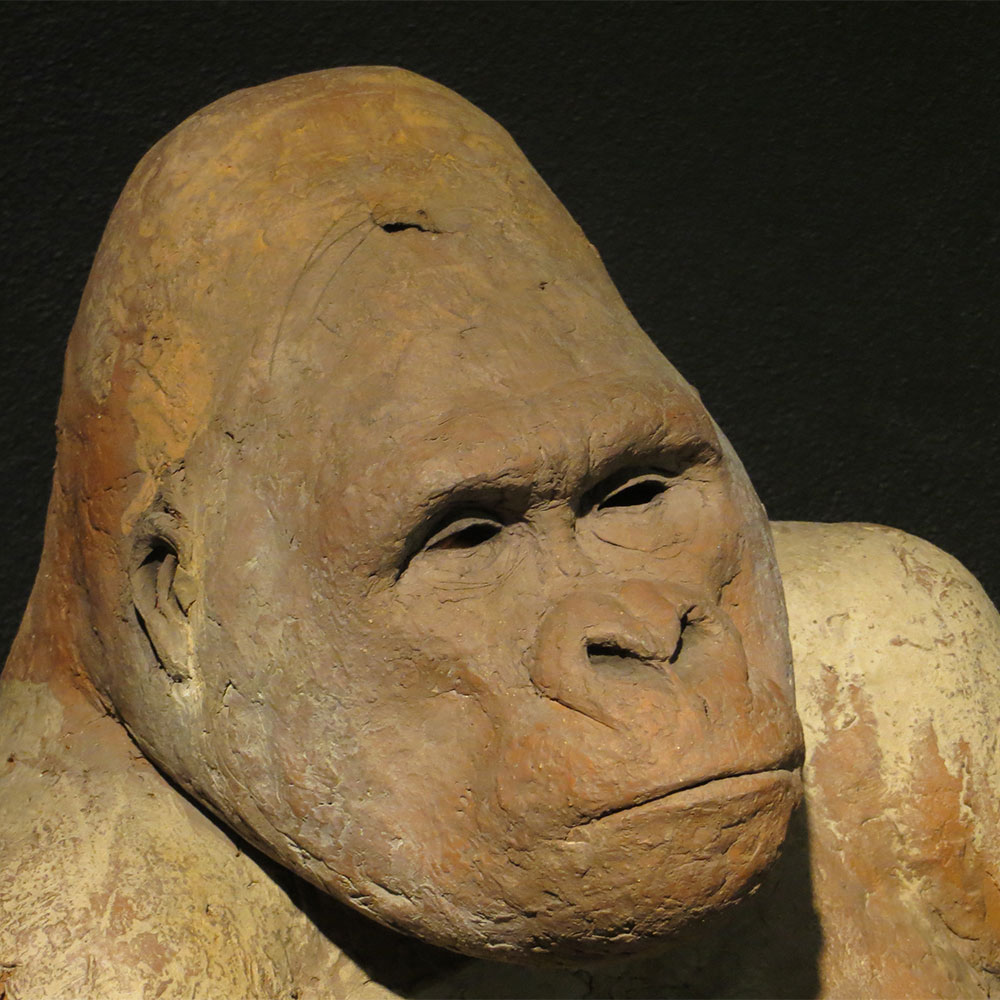
Lowland Gorilla by N. Theakston
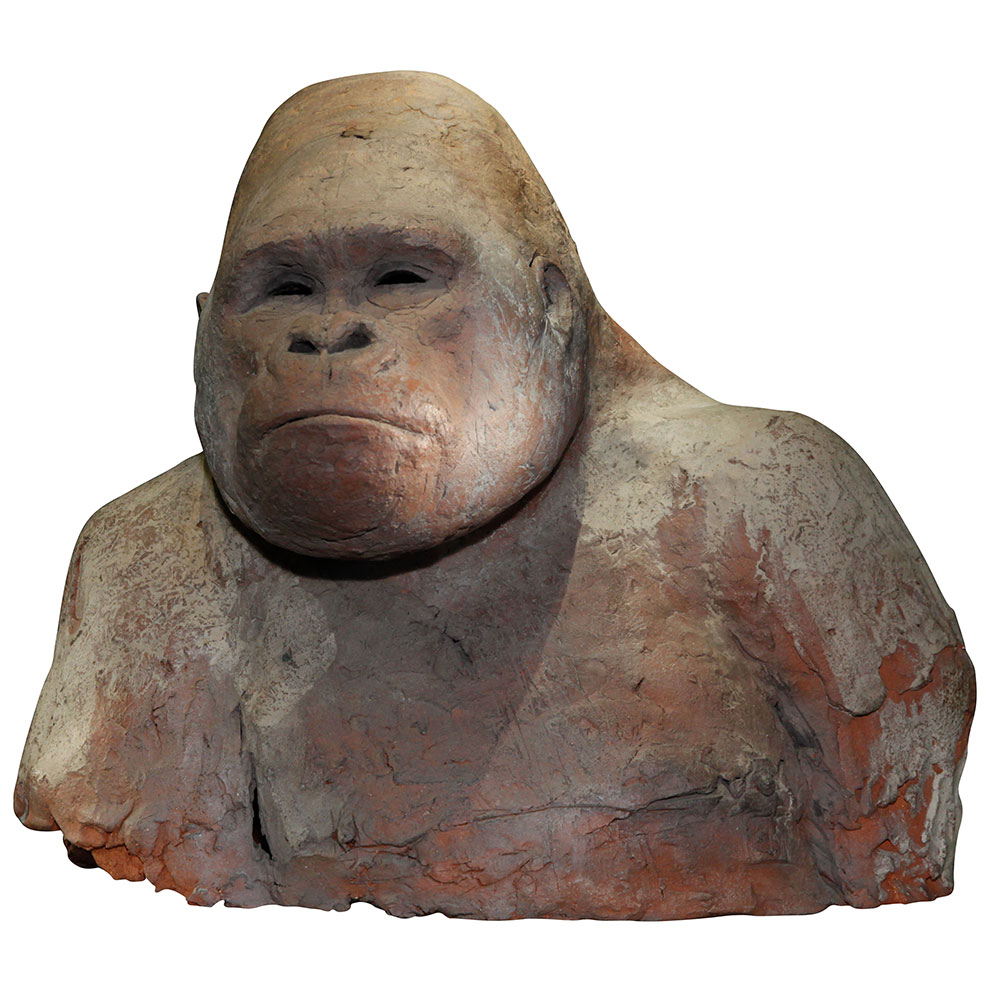
Lowland Gorilla by N. Theakston
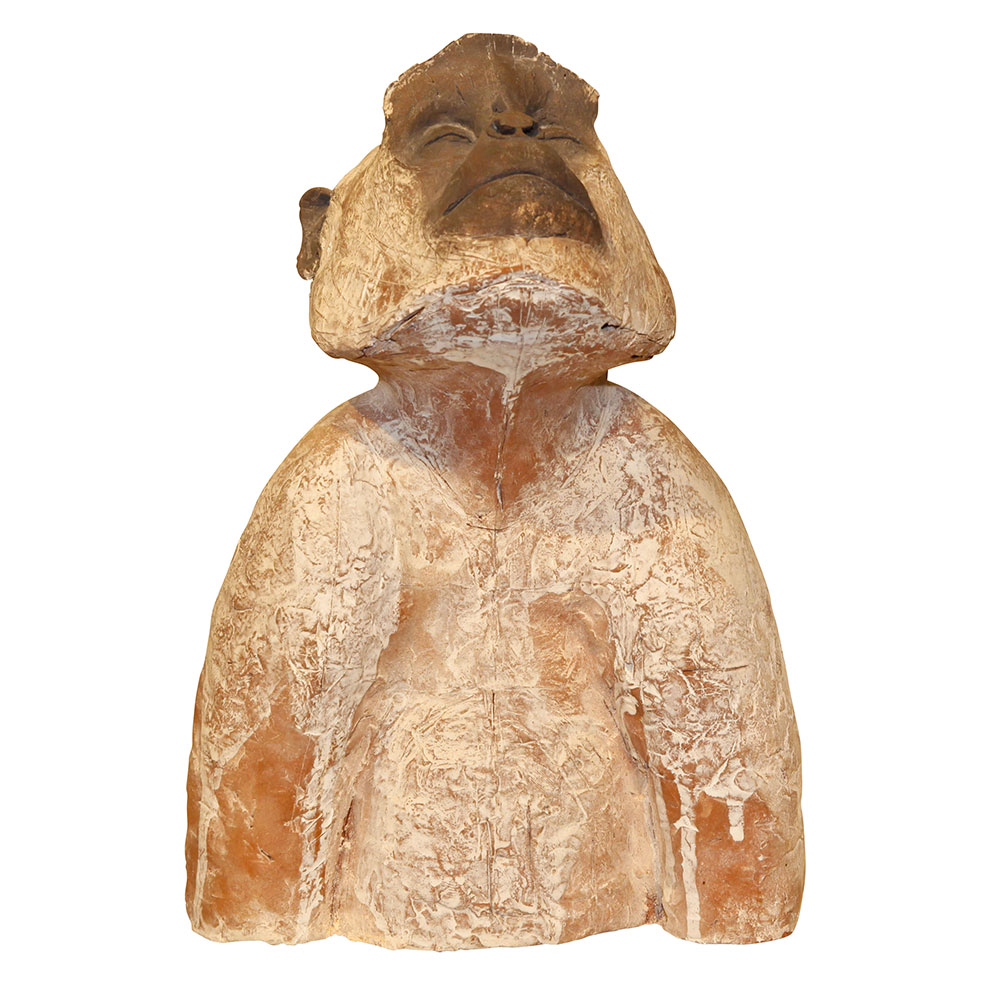
Sacred Langur by N. Theakston
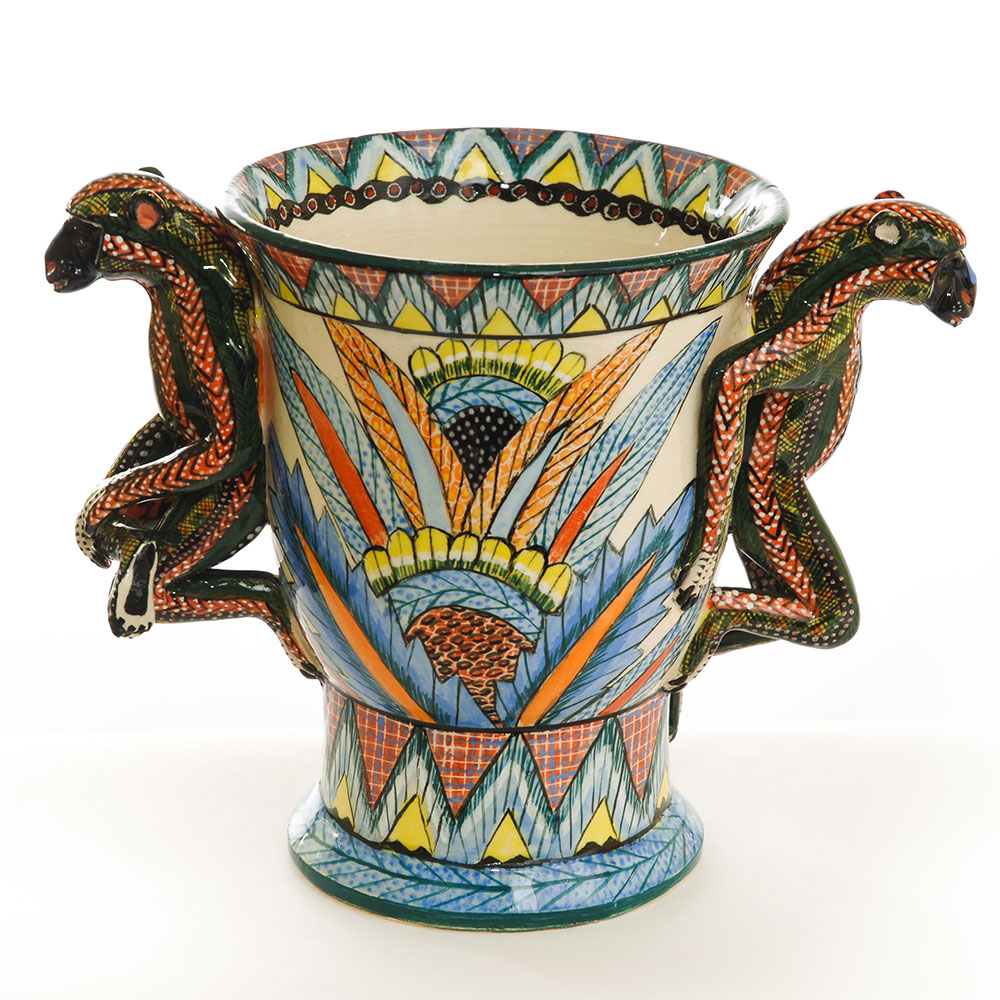
Ardmore Monkey Vase
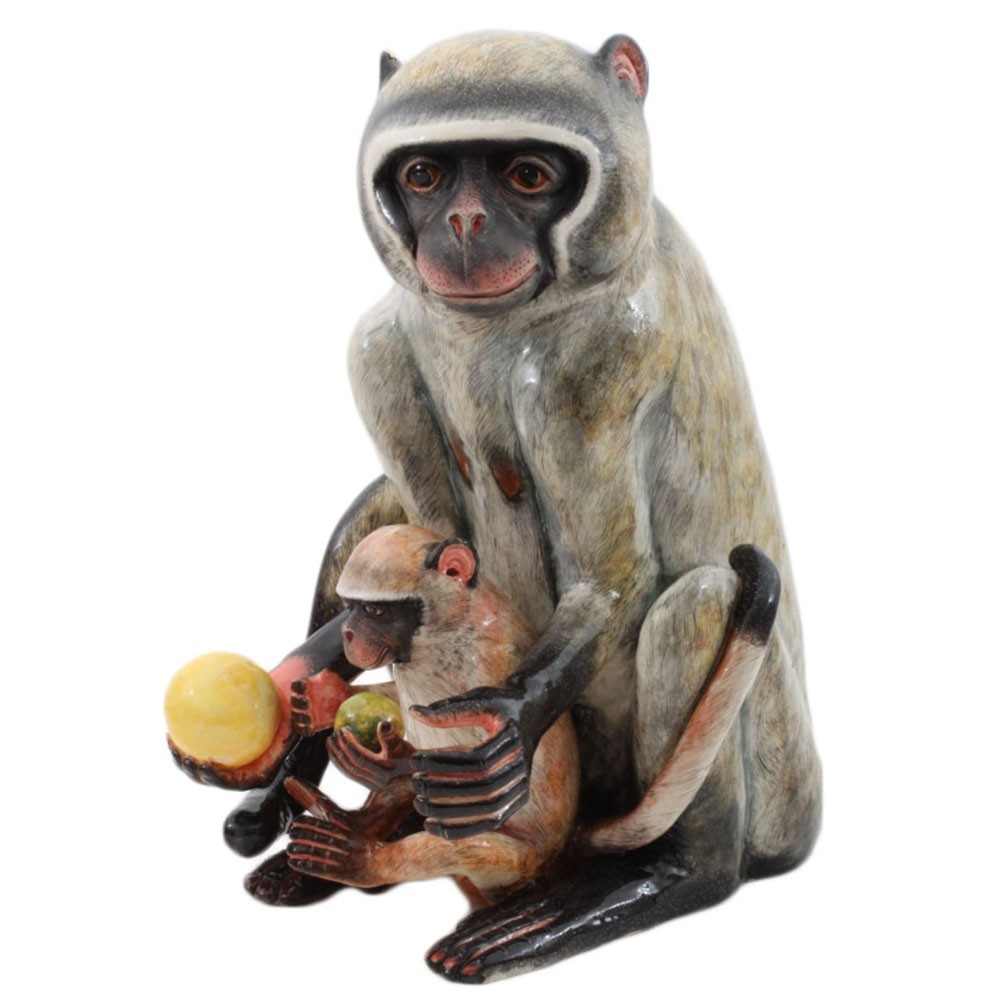
Ardmore Monkey
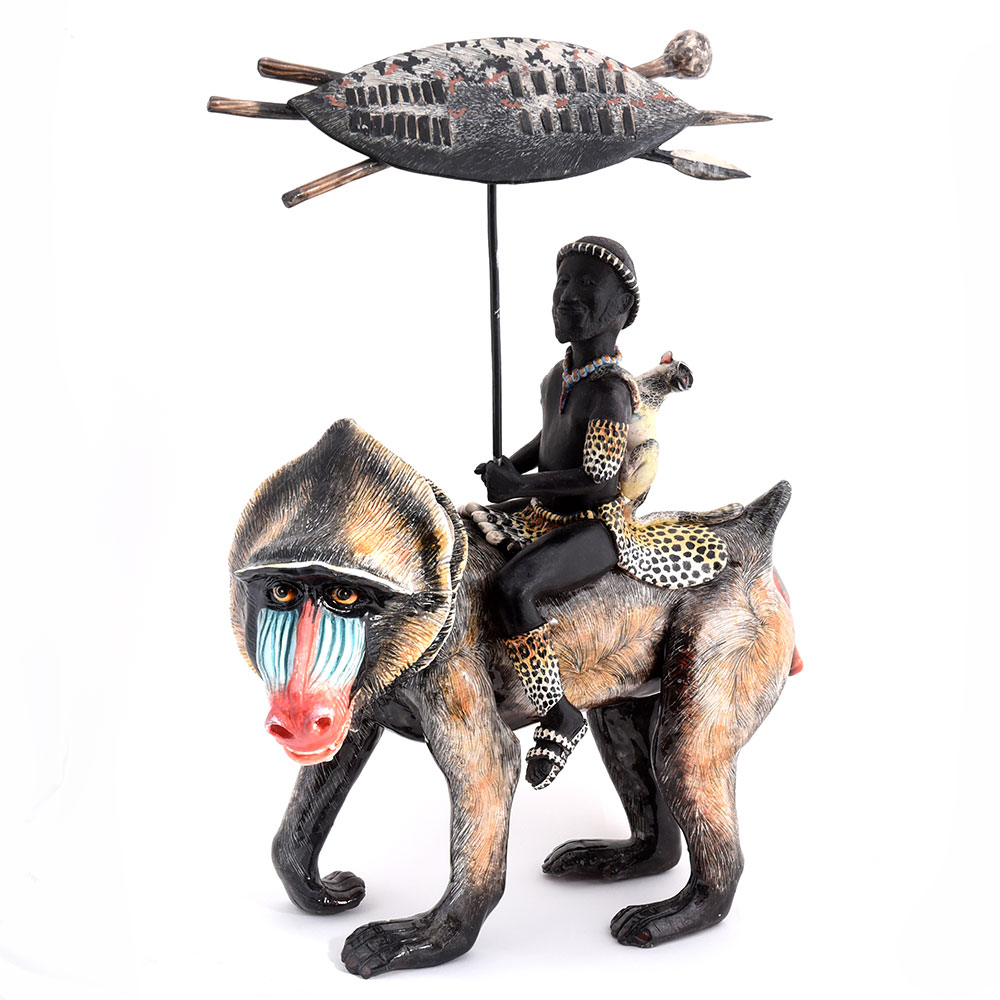
Ardmore Mandrill Traveler

Ardmore Monkey Boat Detail
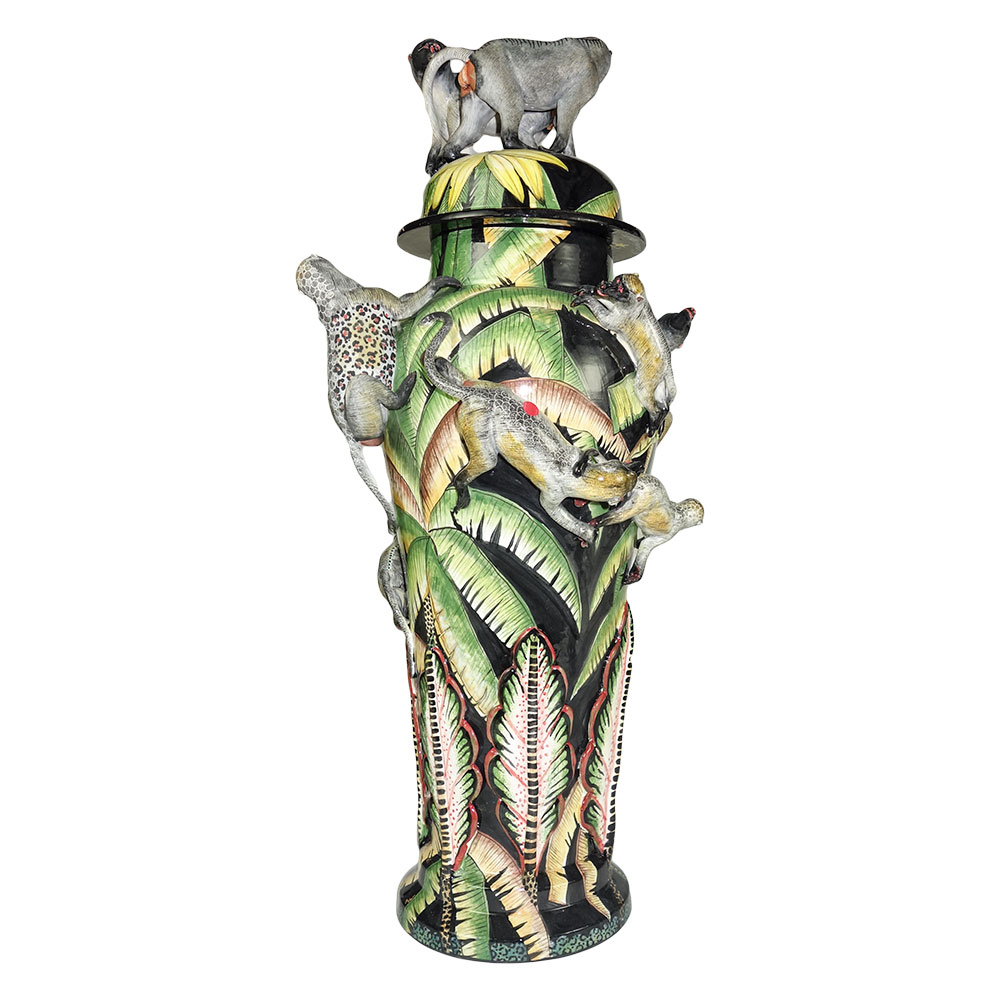
Ardmore Monkey Vase
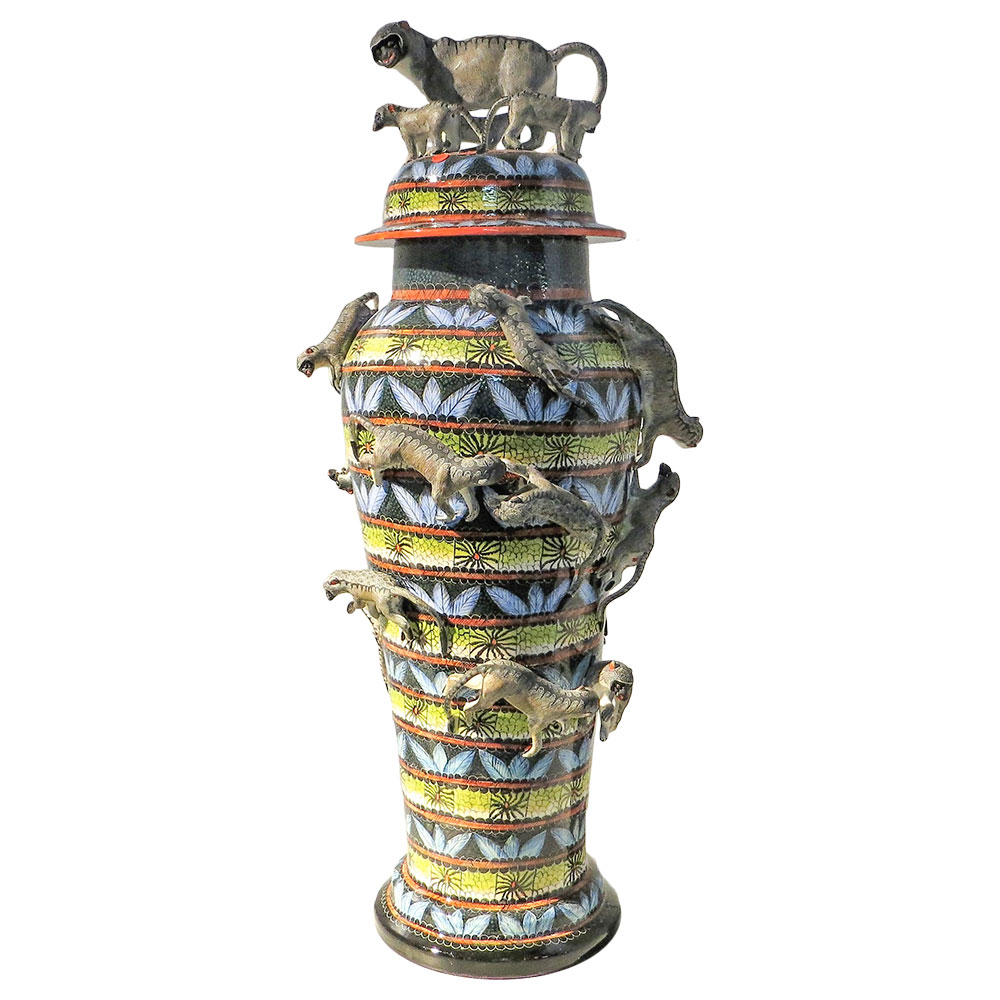
Ardmore Monkey Vase
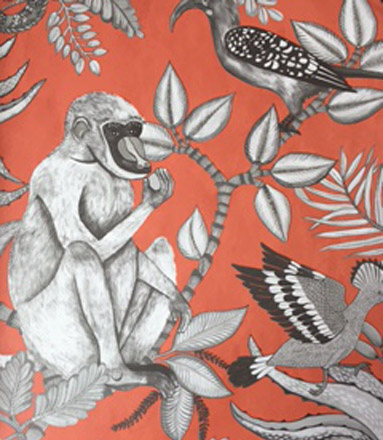
Ardmore Wallpaper Design
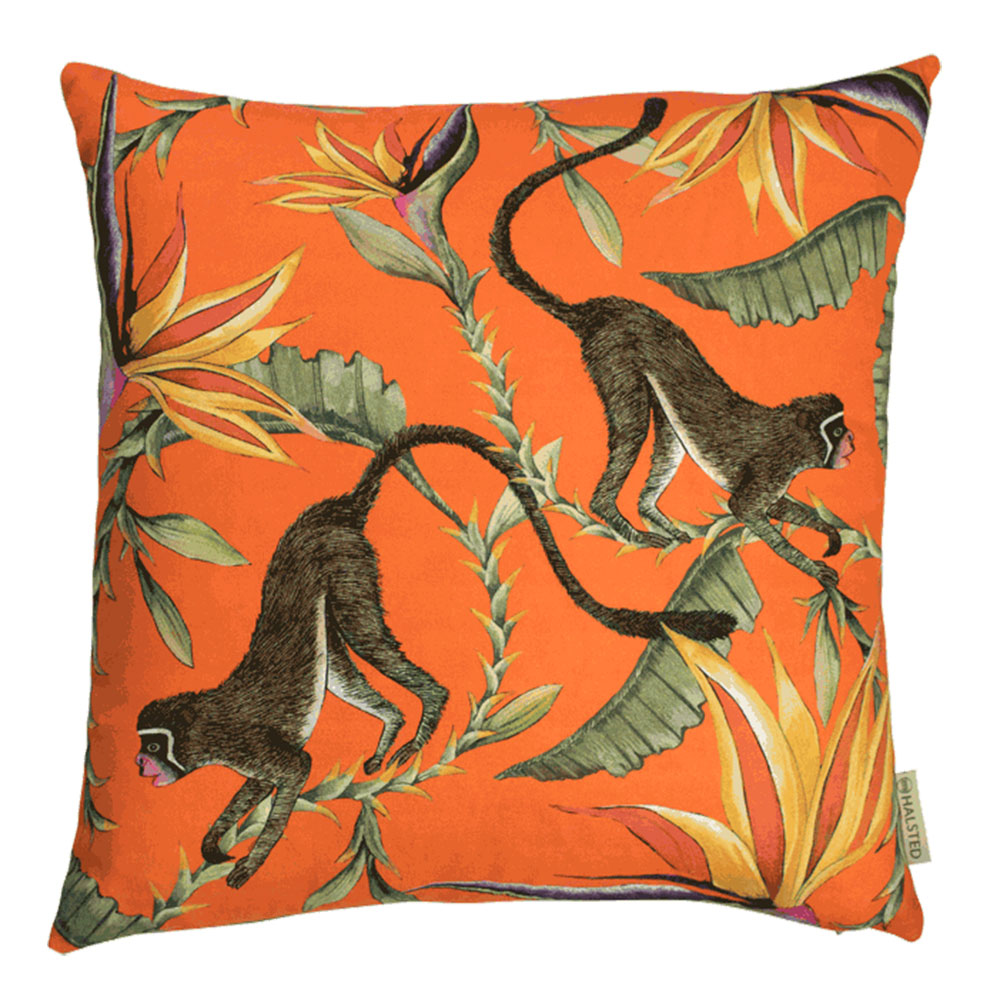
Ardmore Pillow
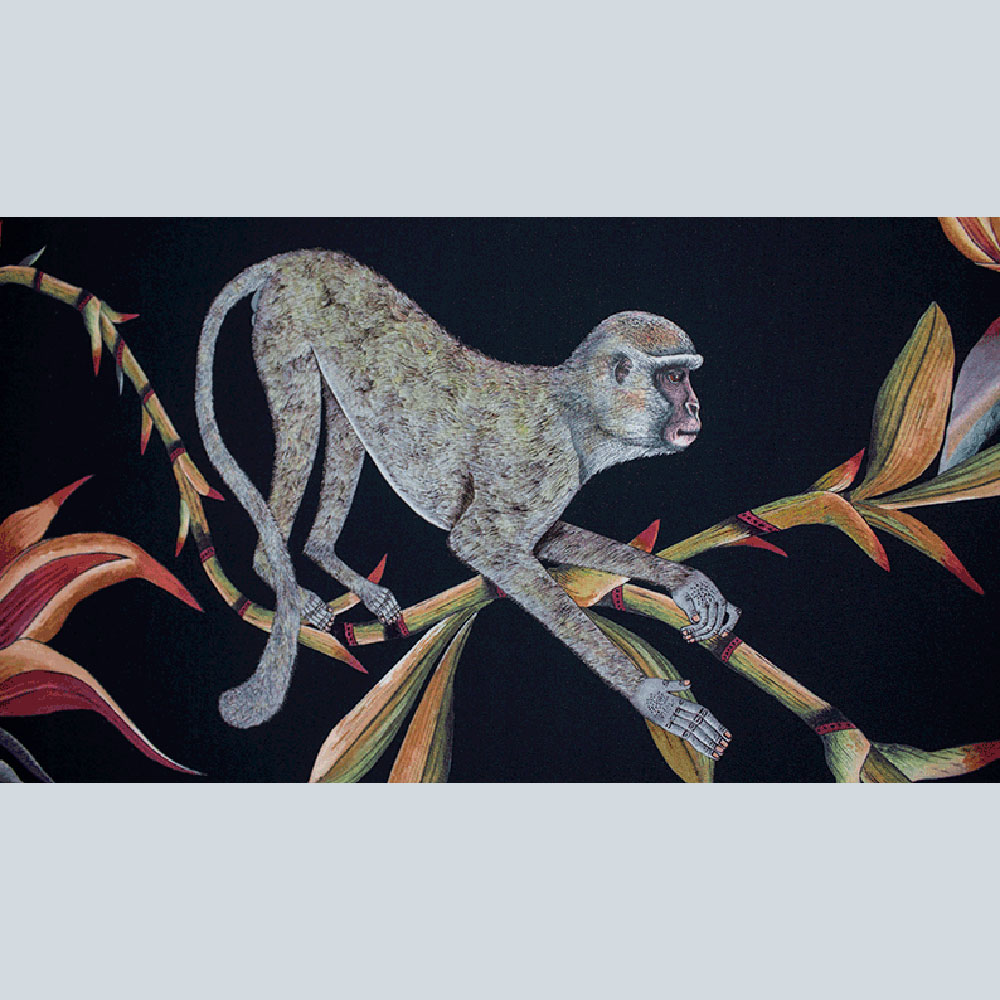
Ardmore Fabric Design
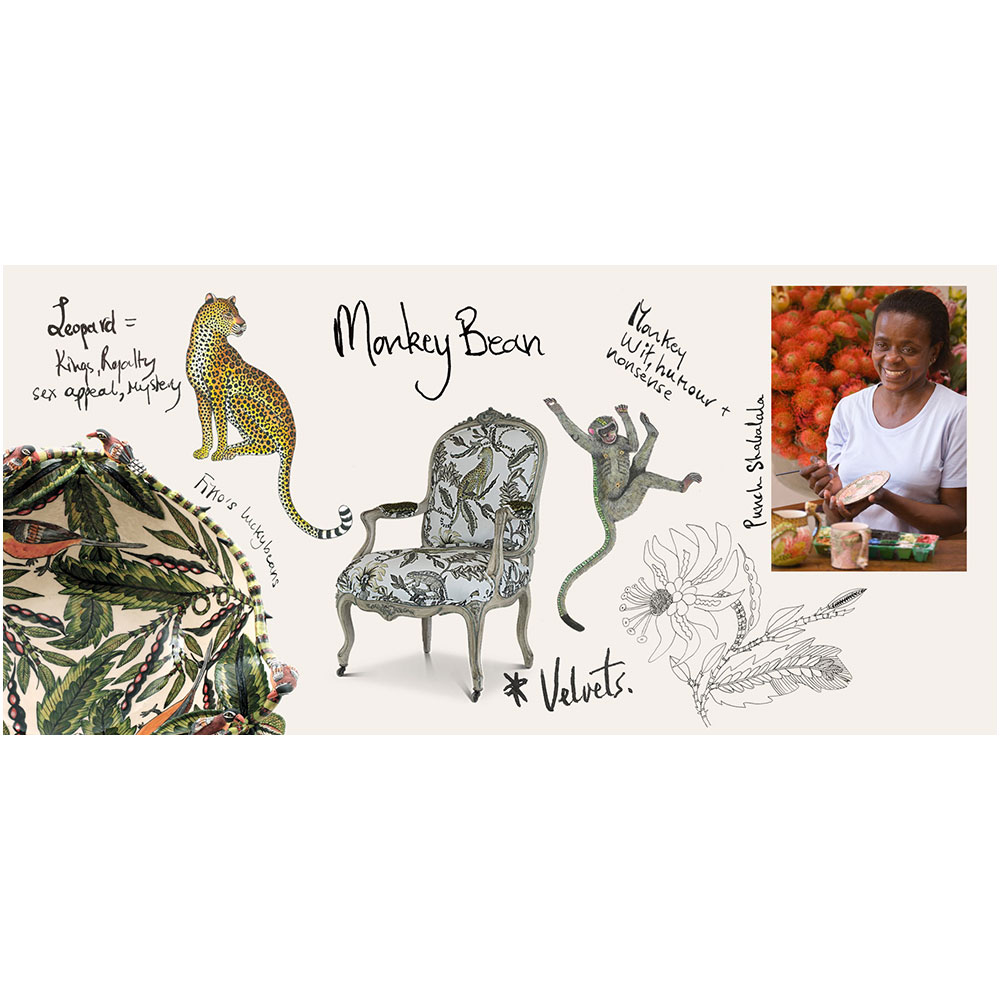
Ardmore Design
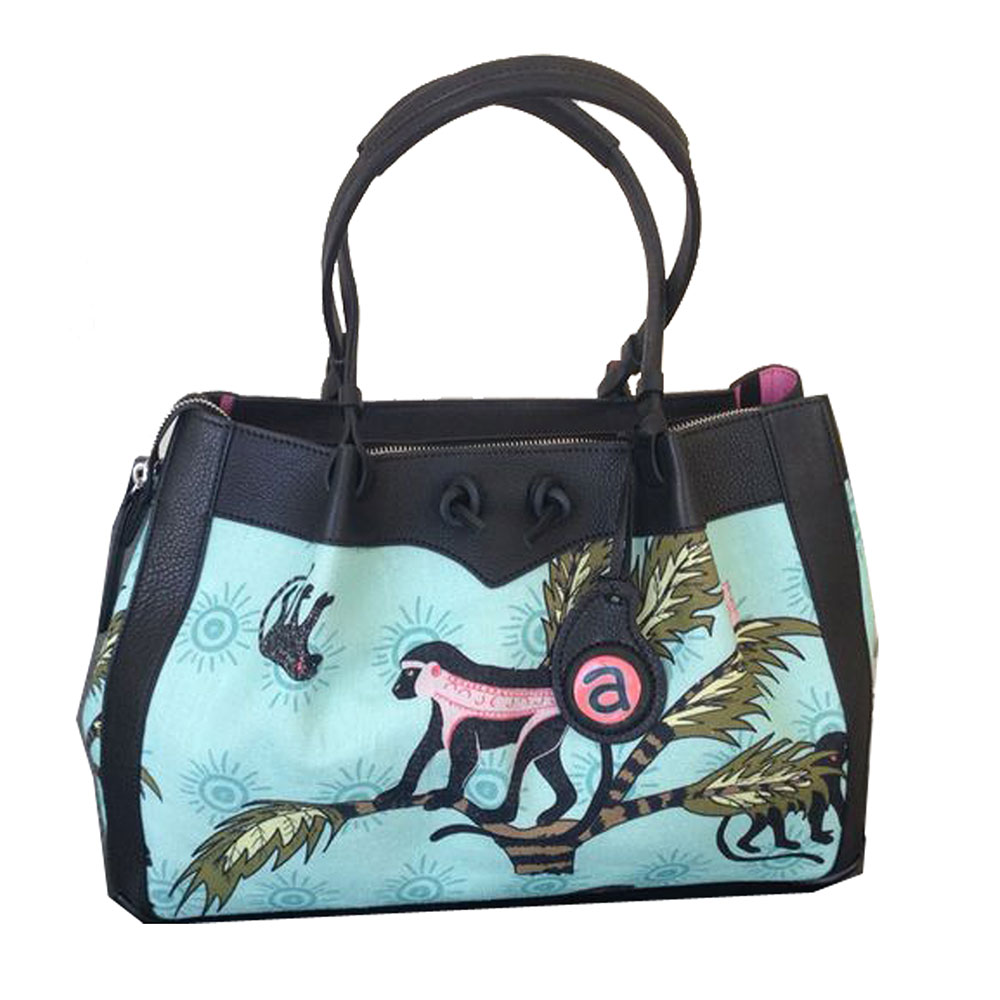
Ardmore Monkey Handbag
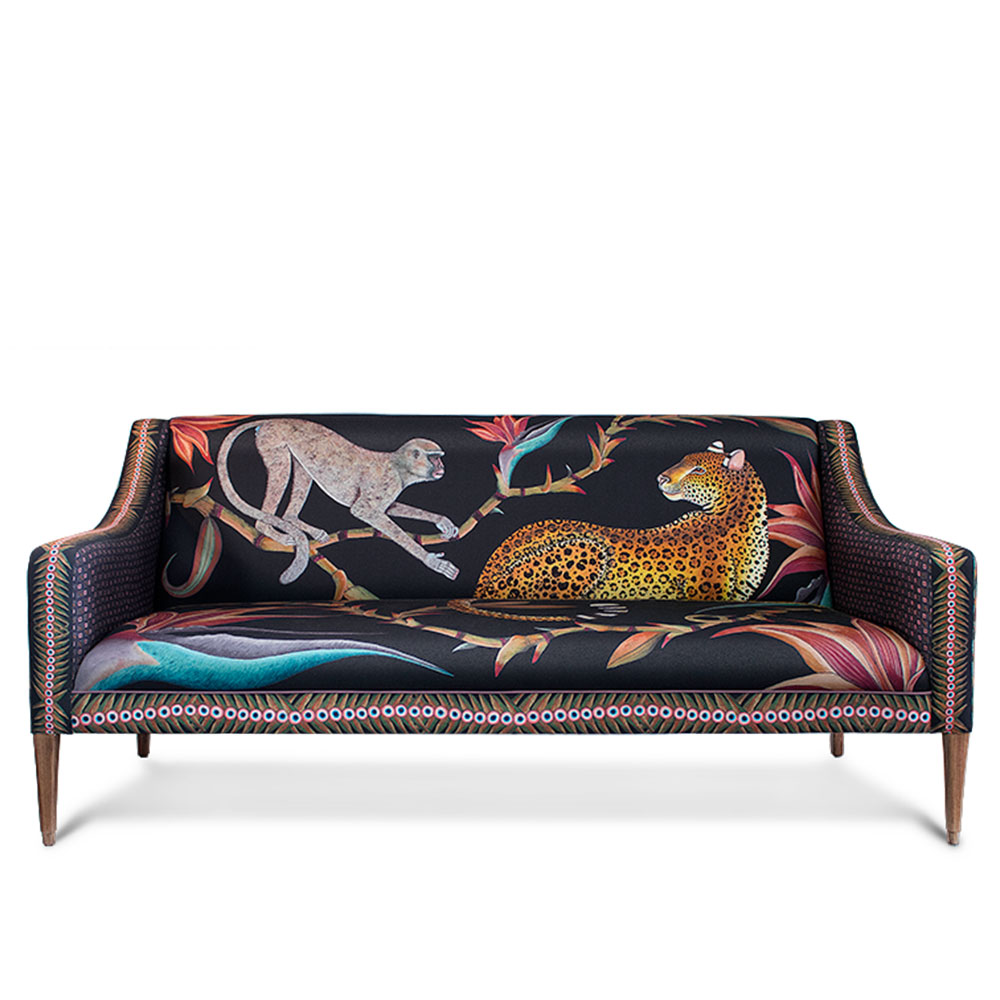
Ardmore Zambezi Sofa
